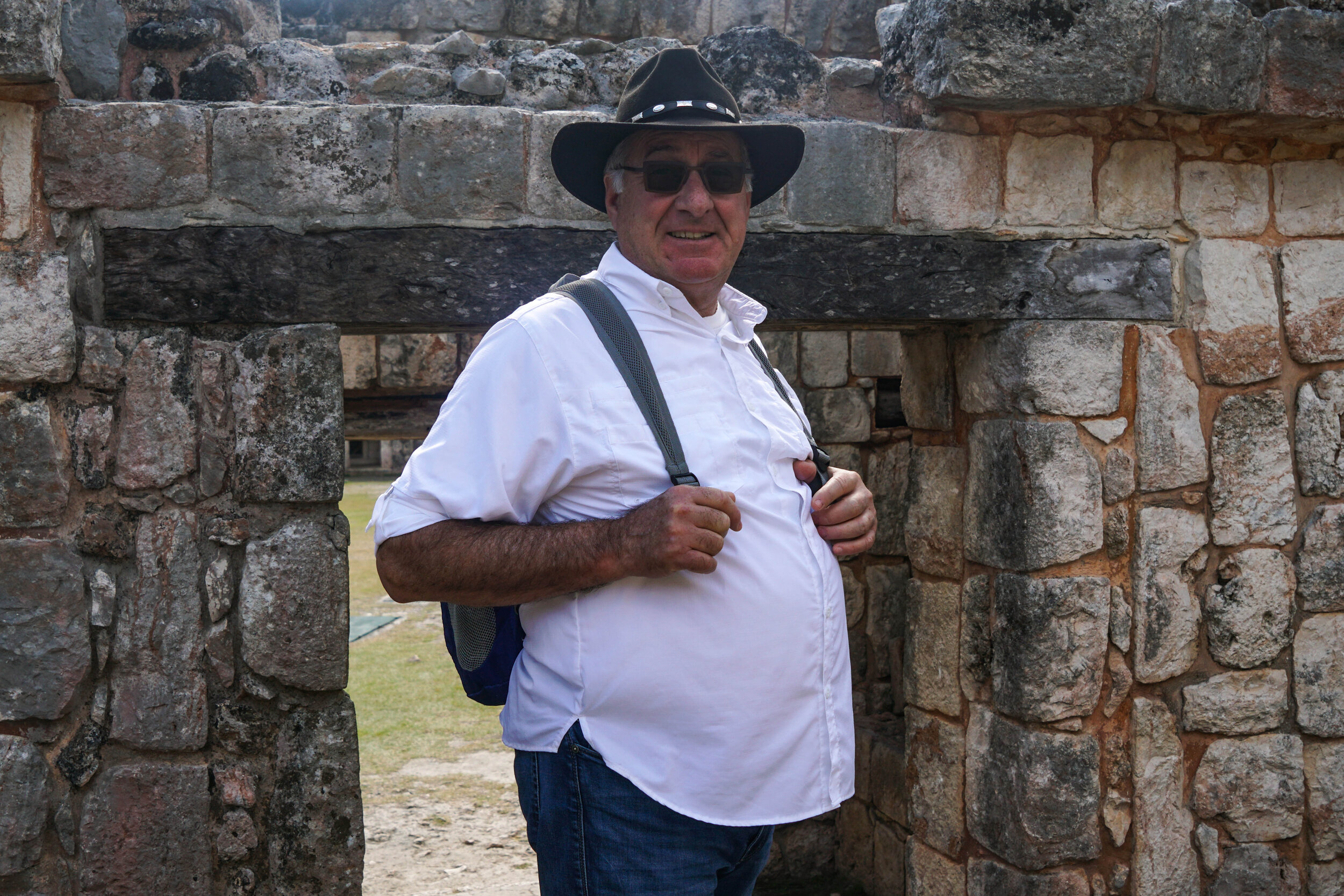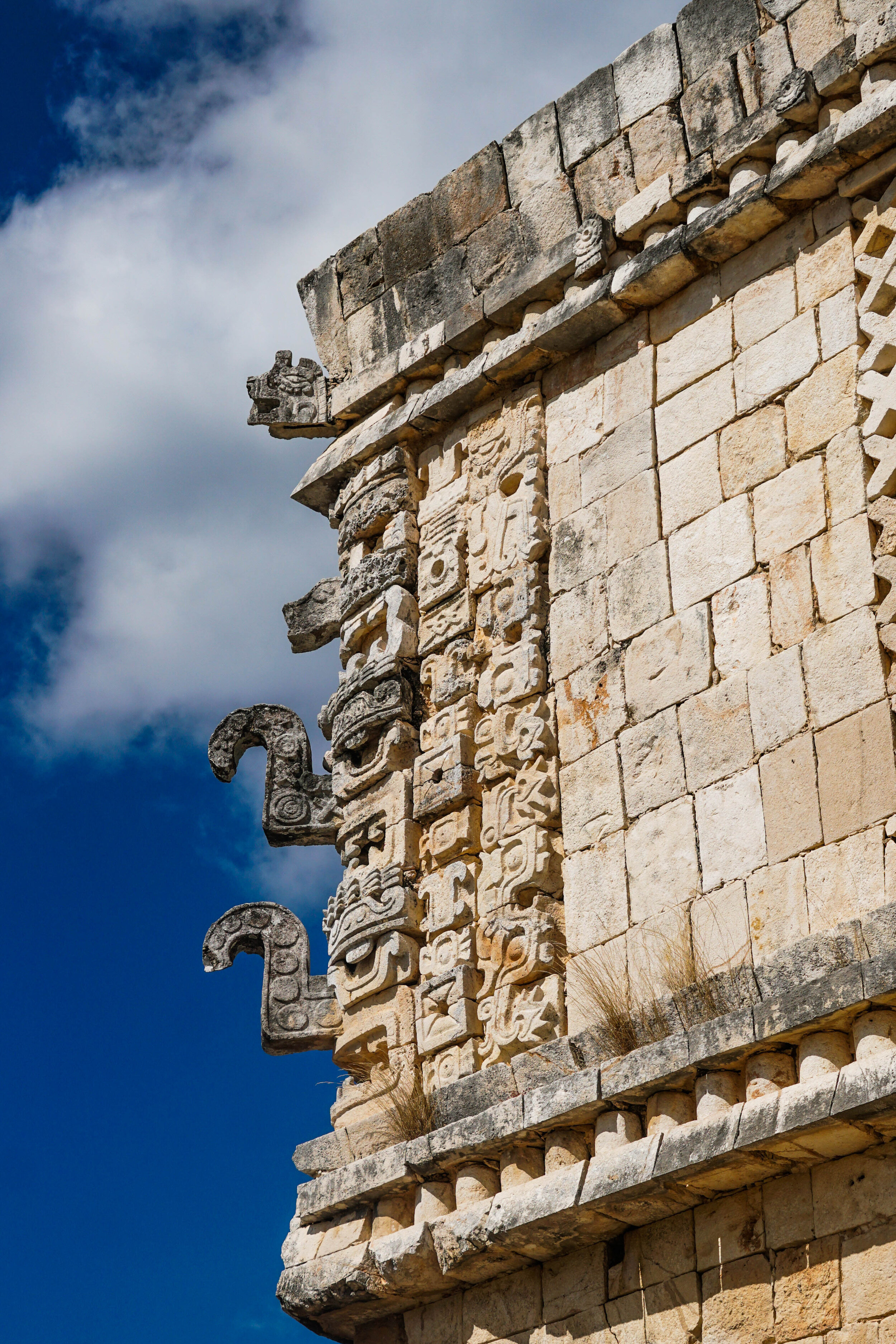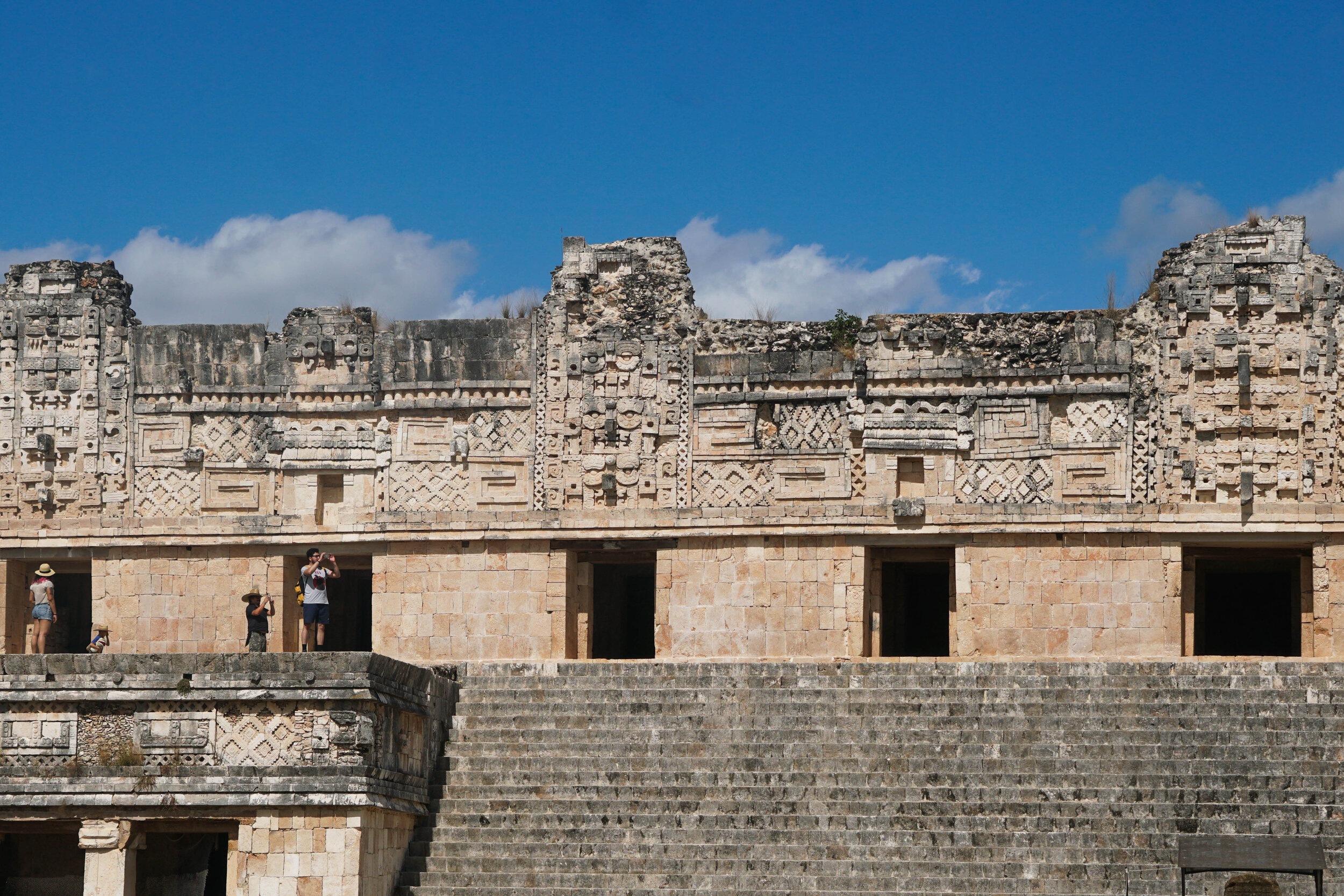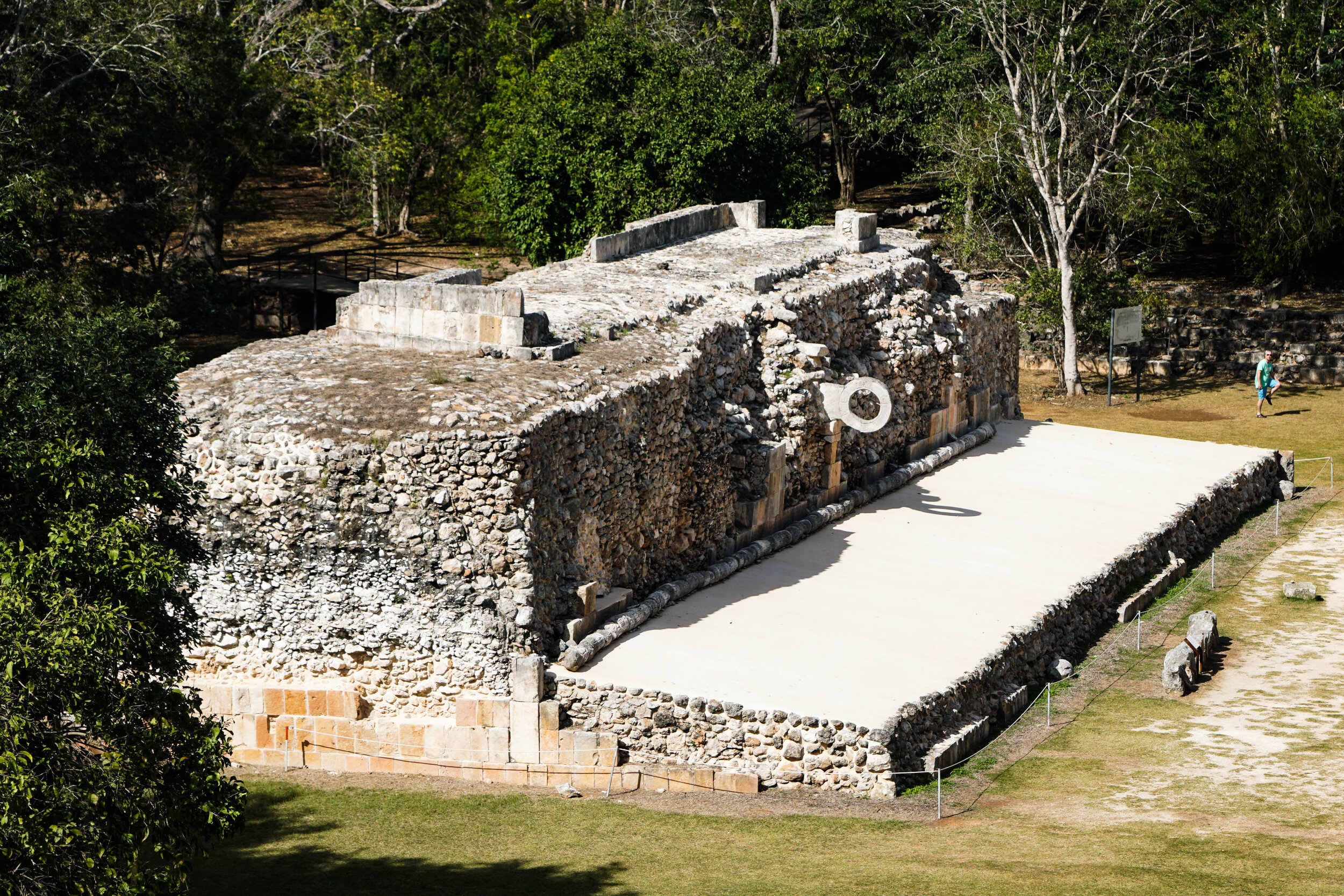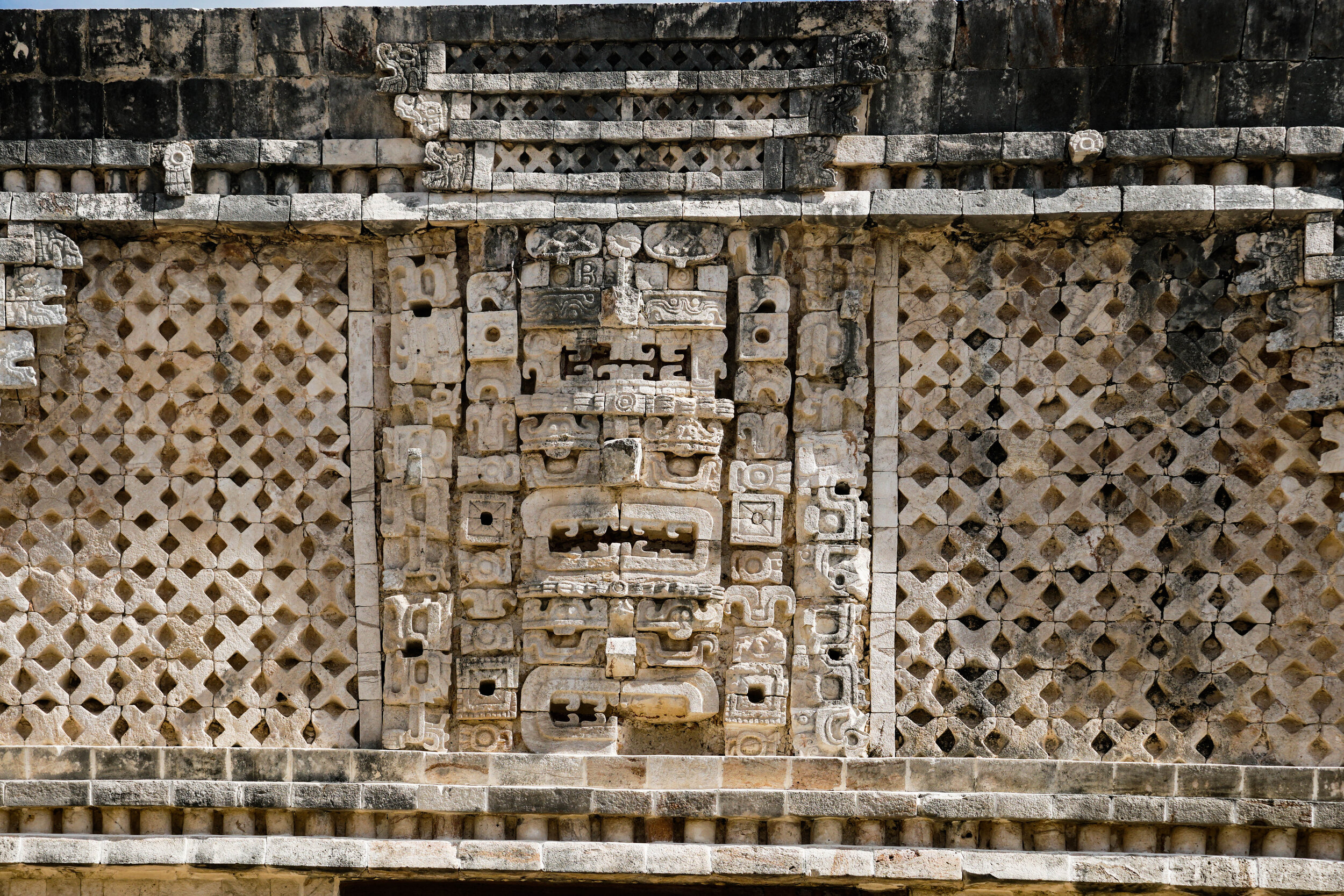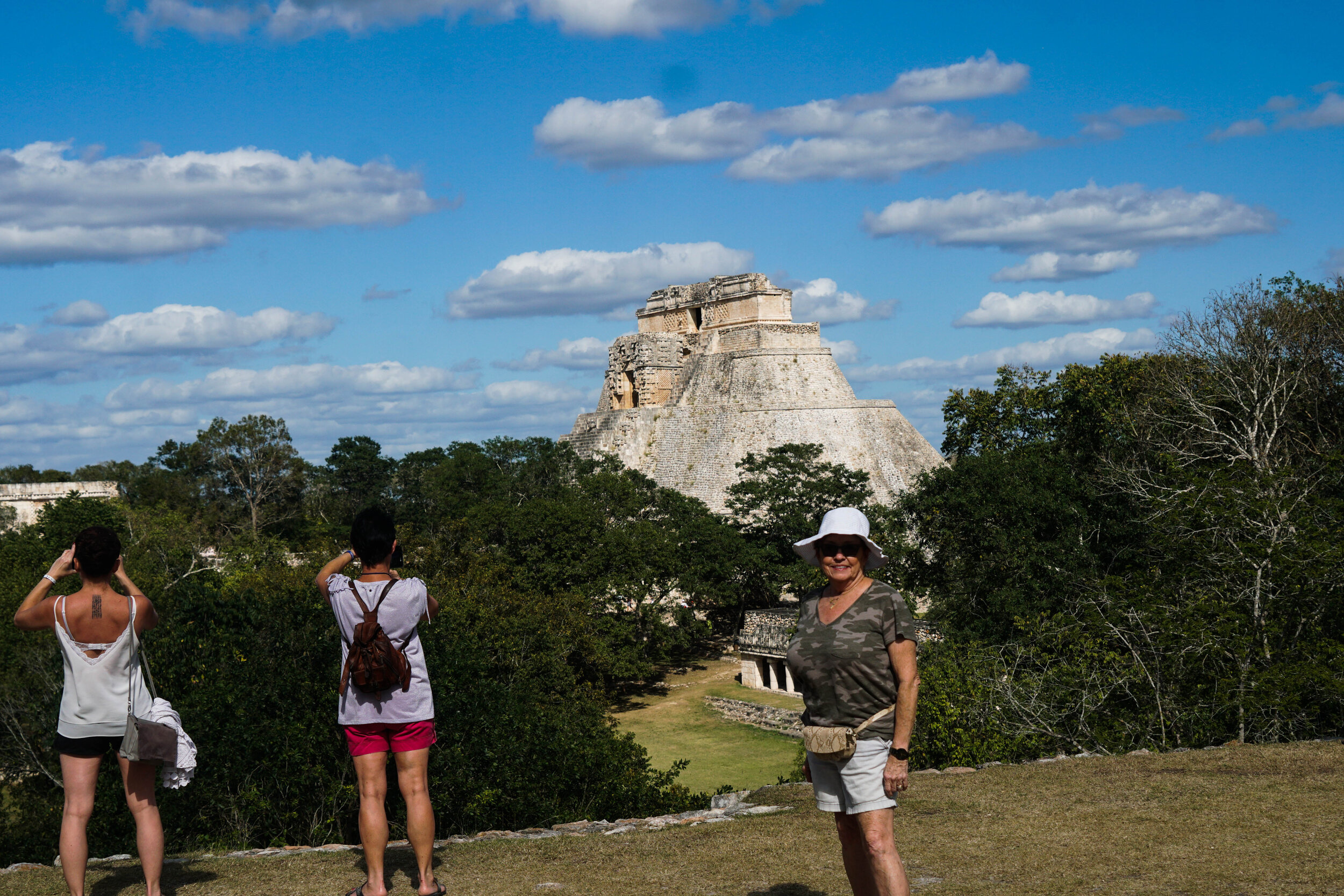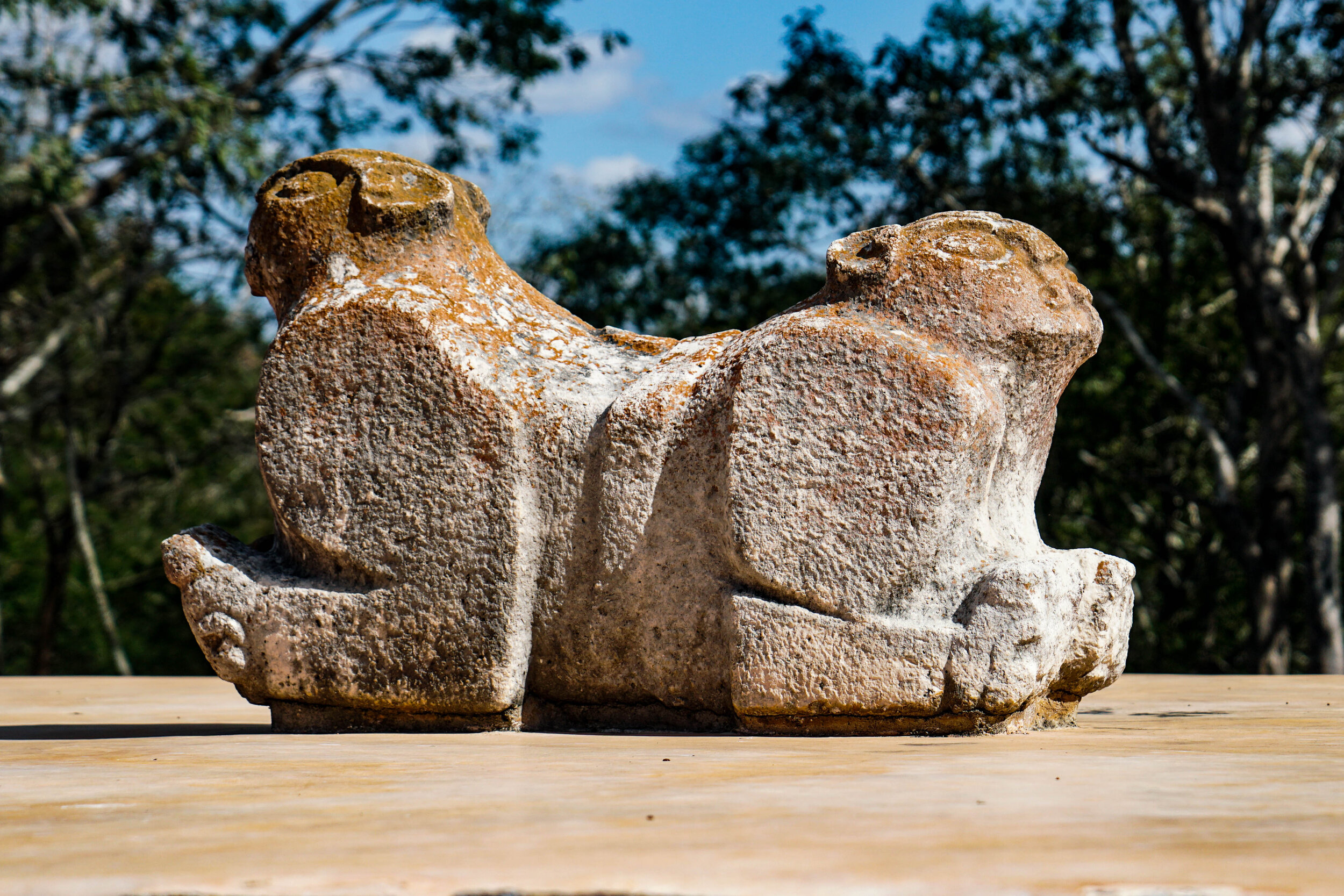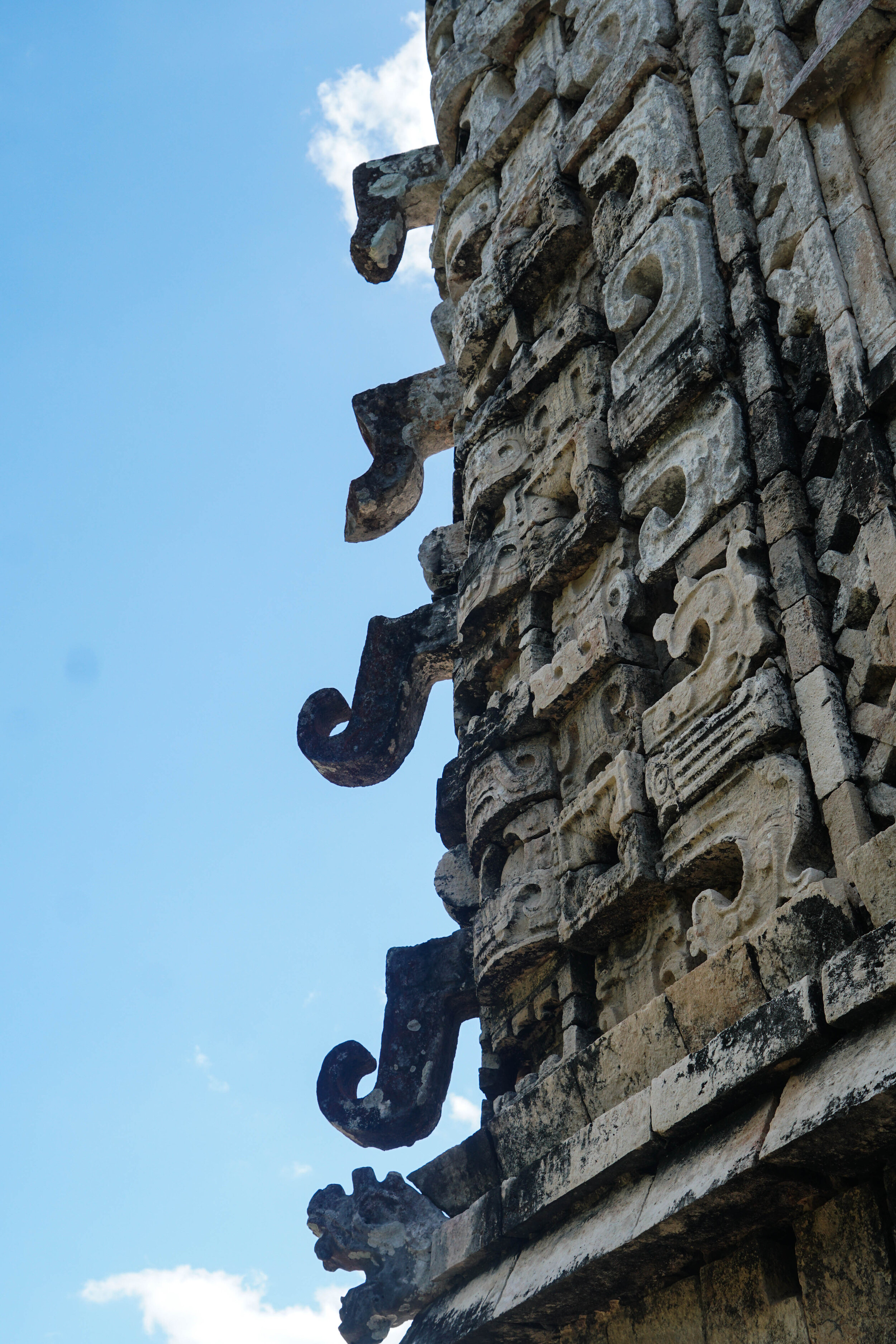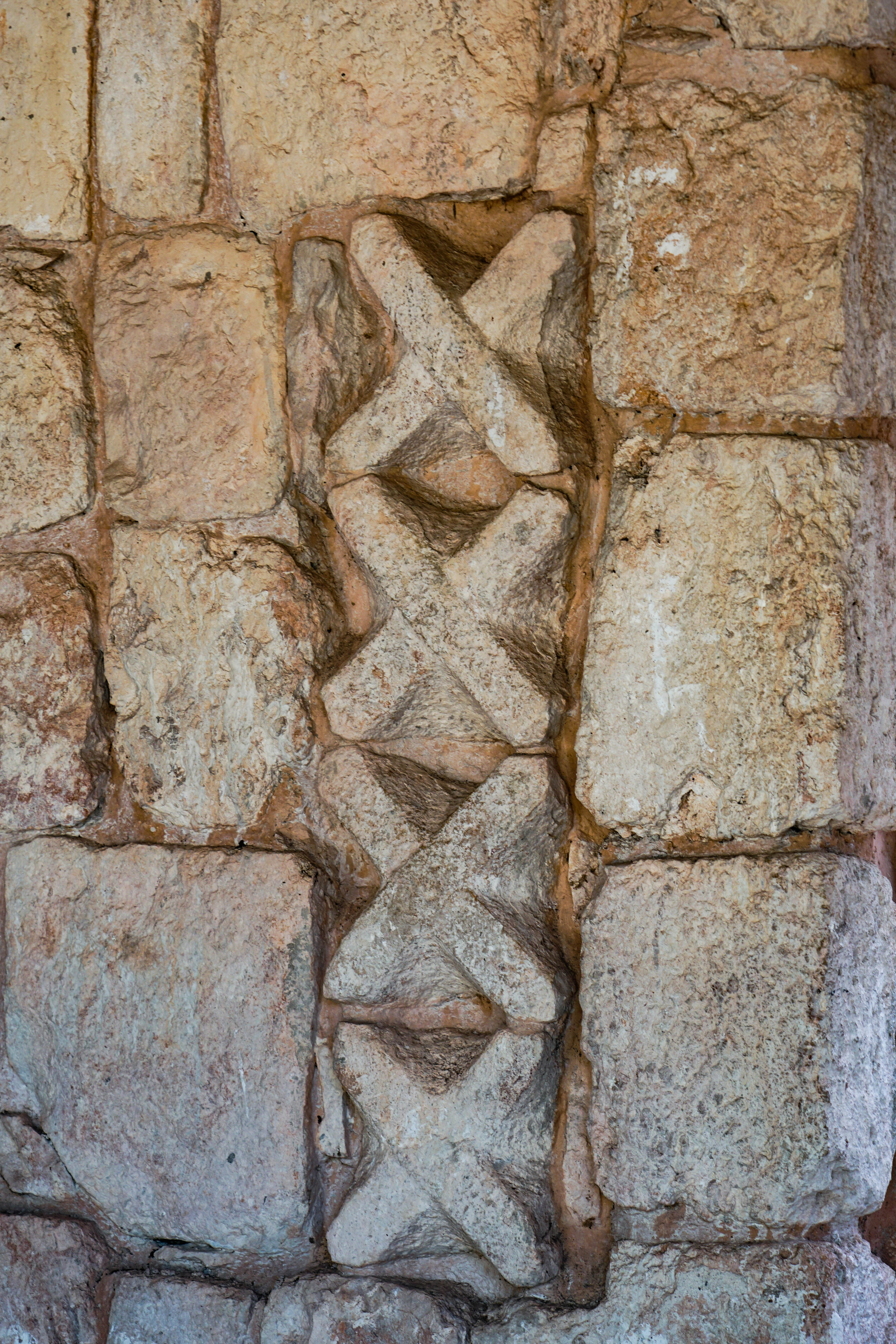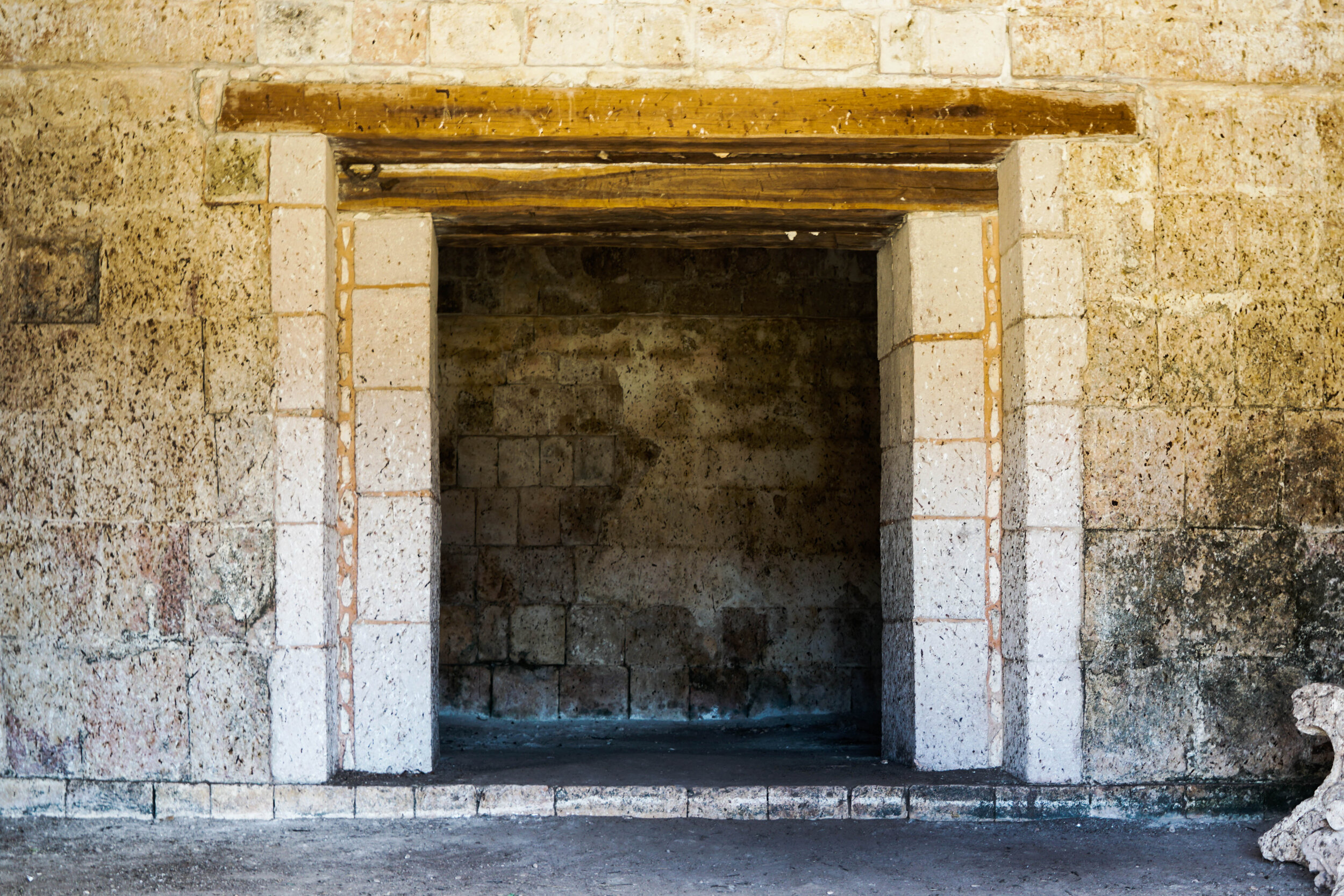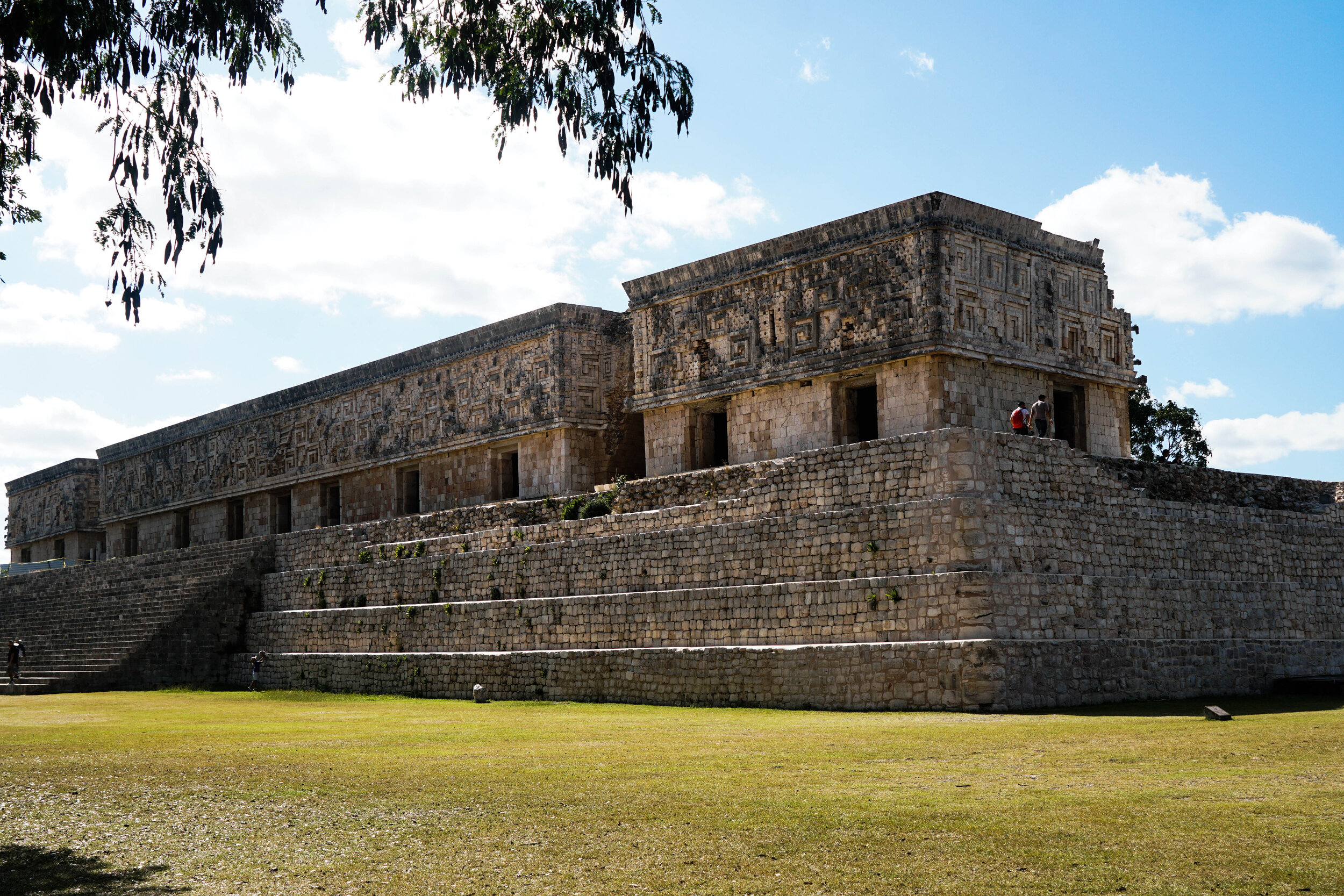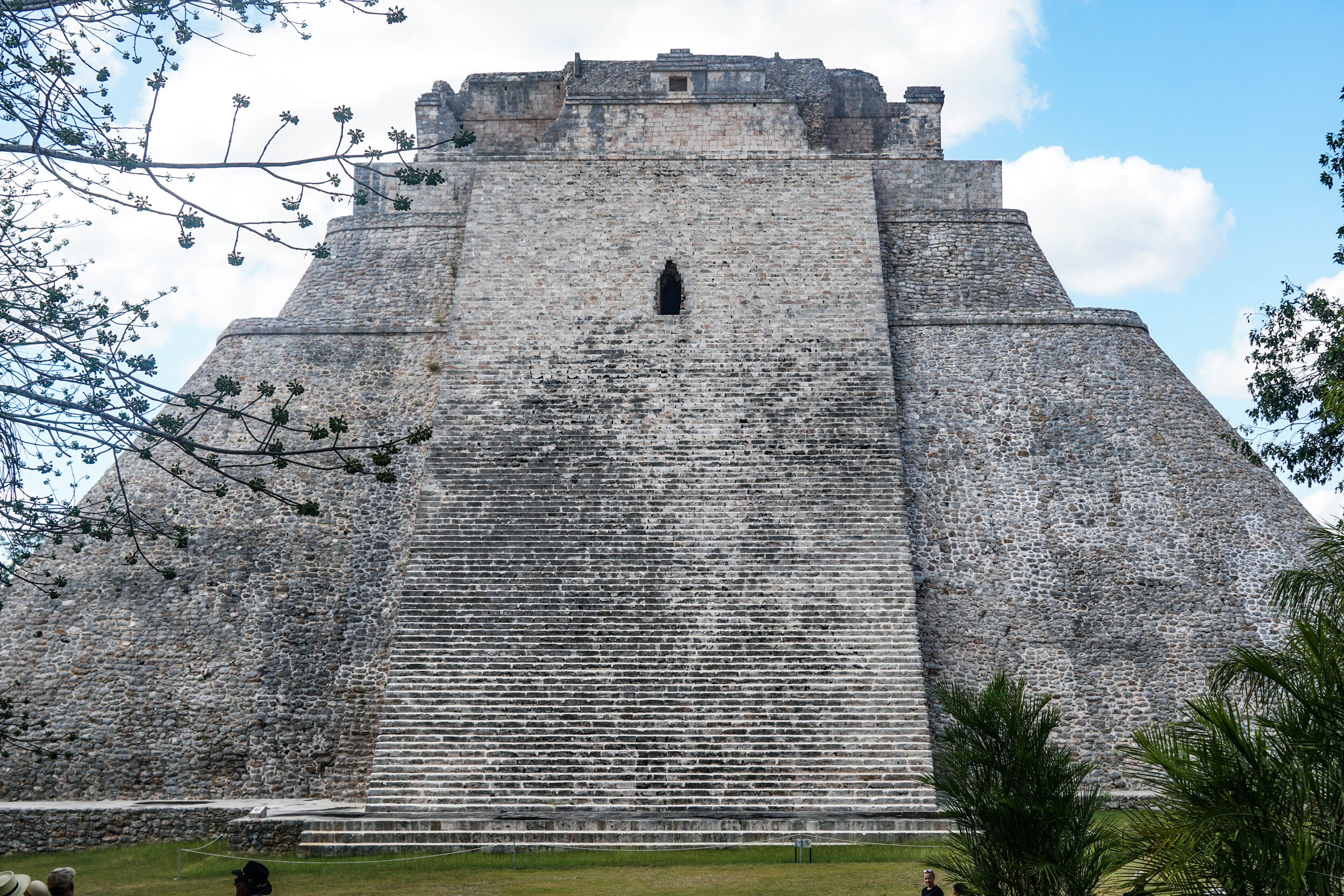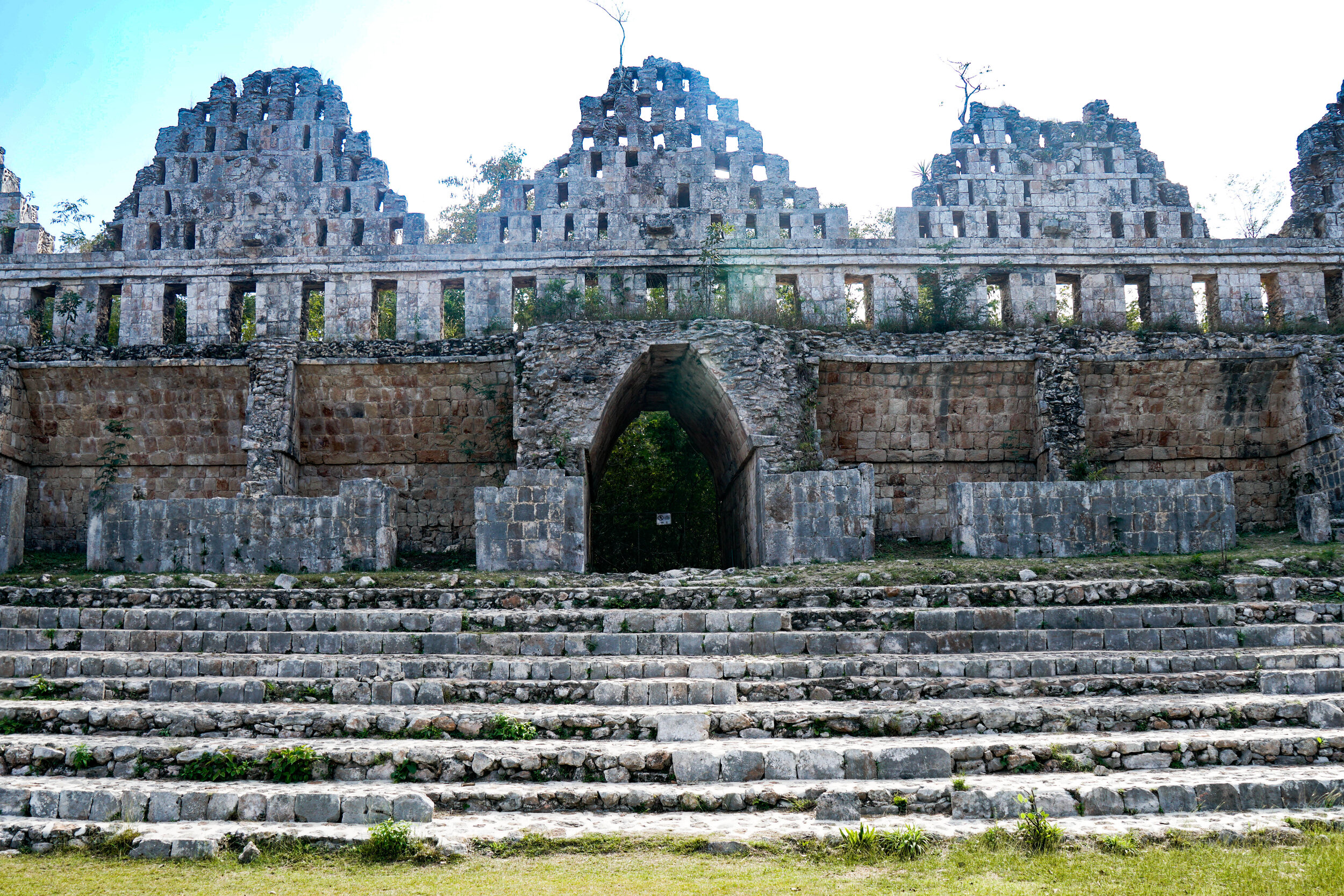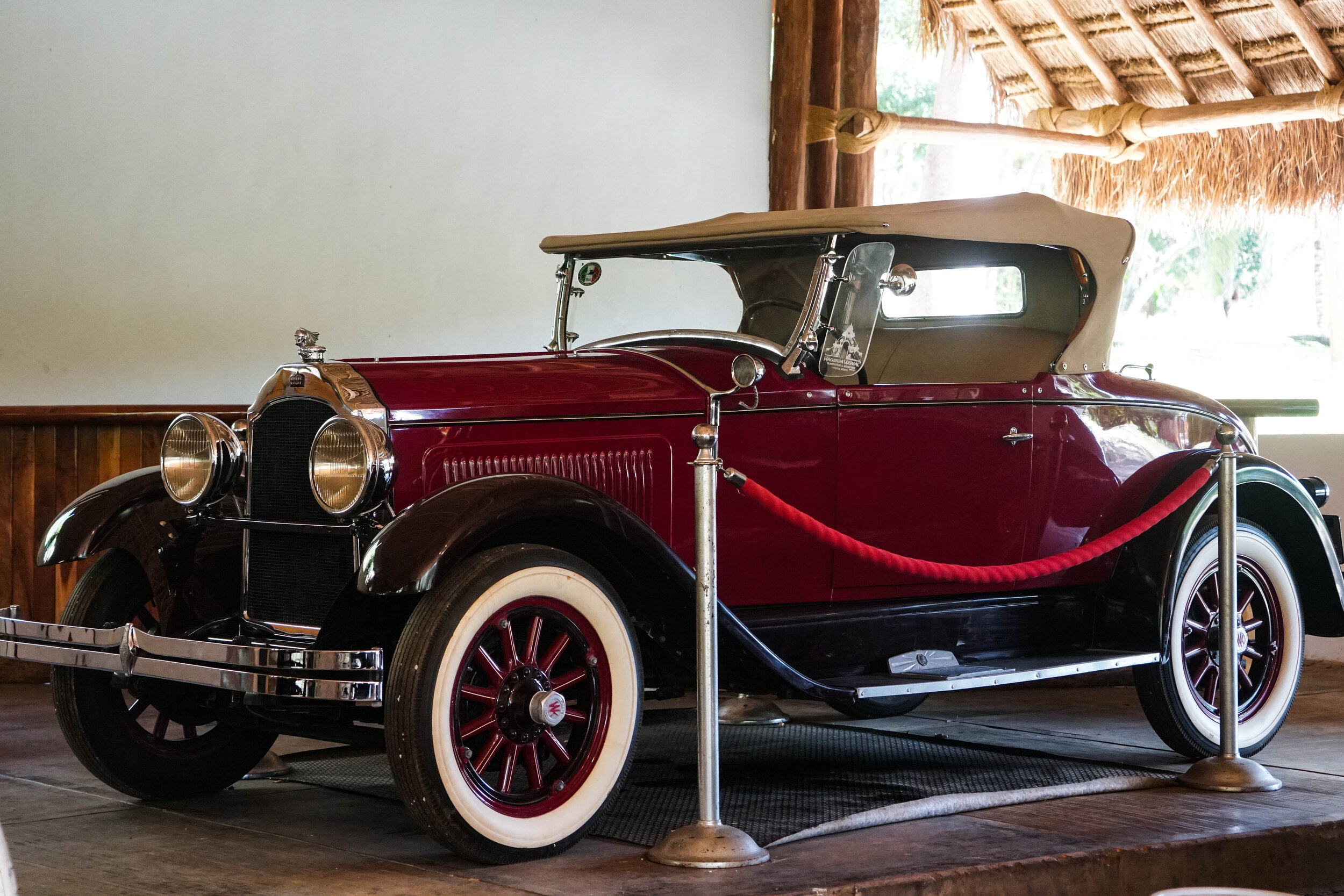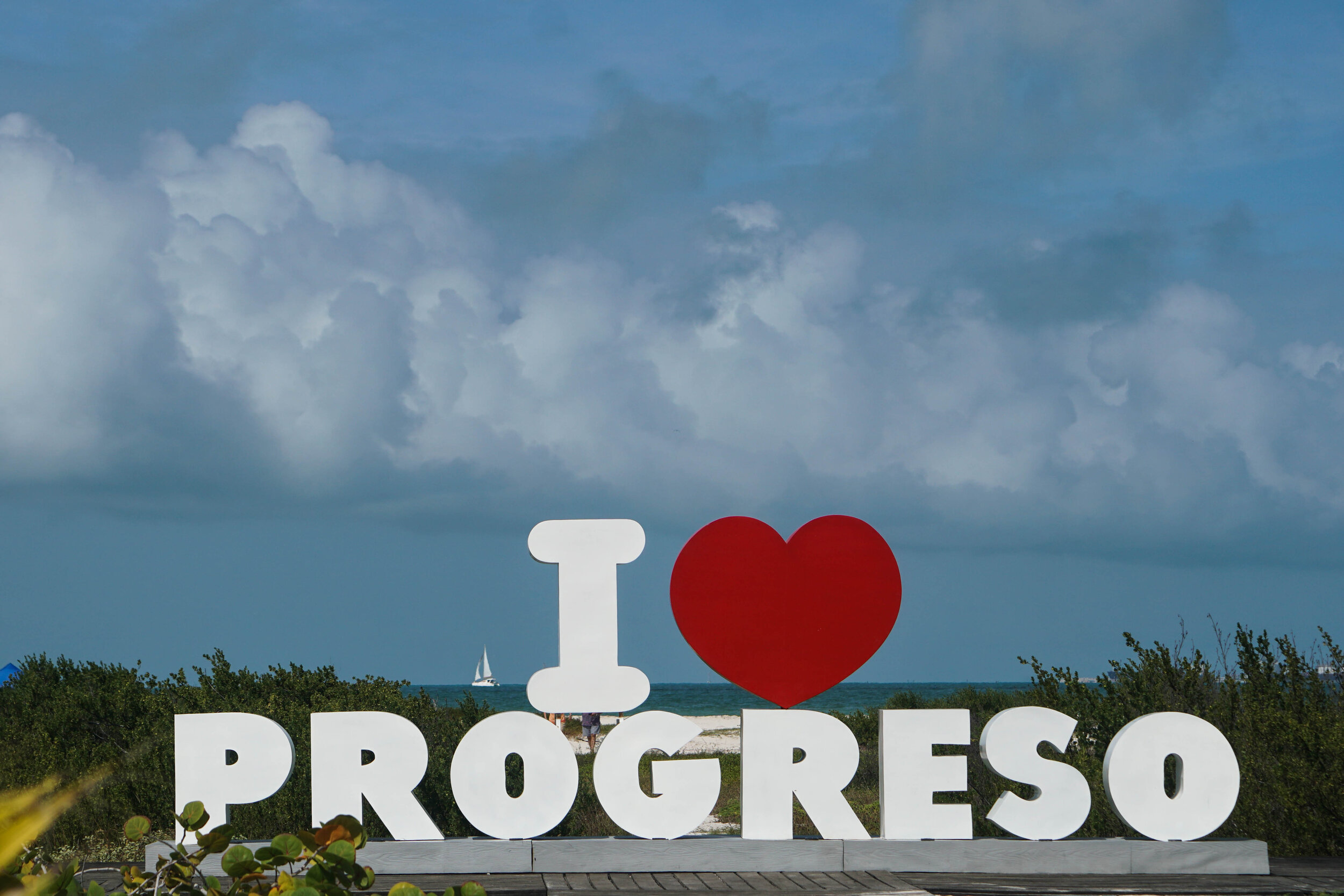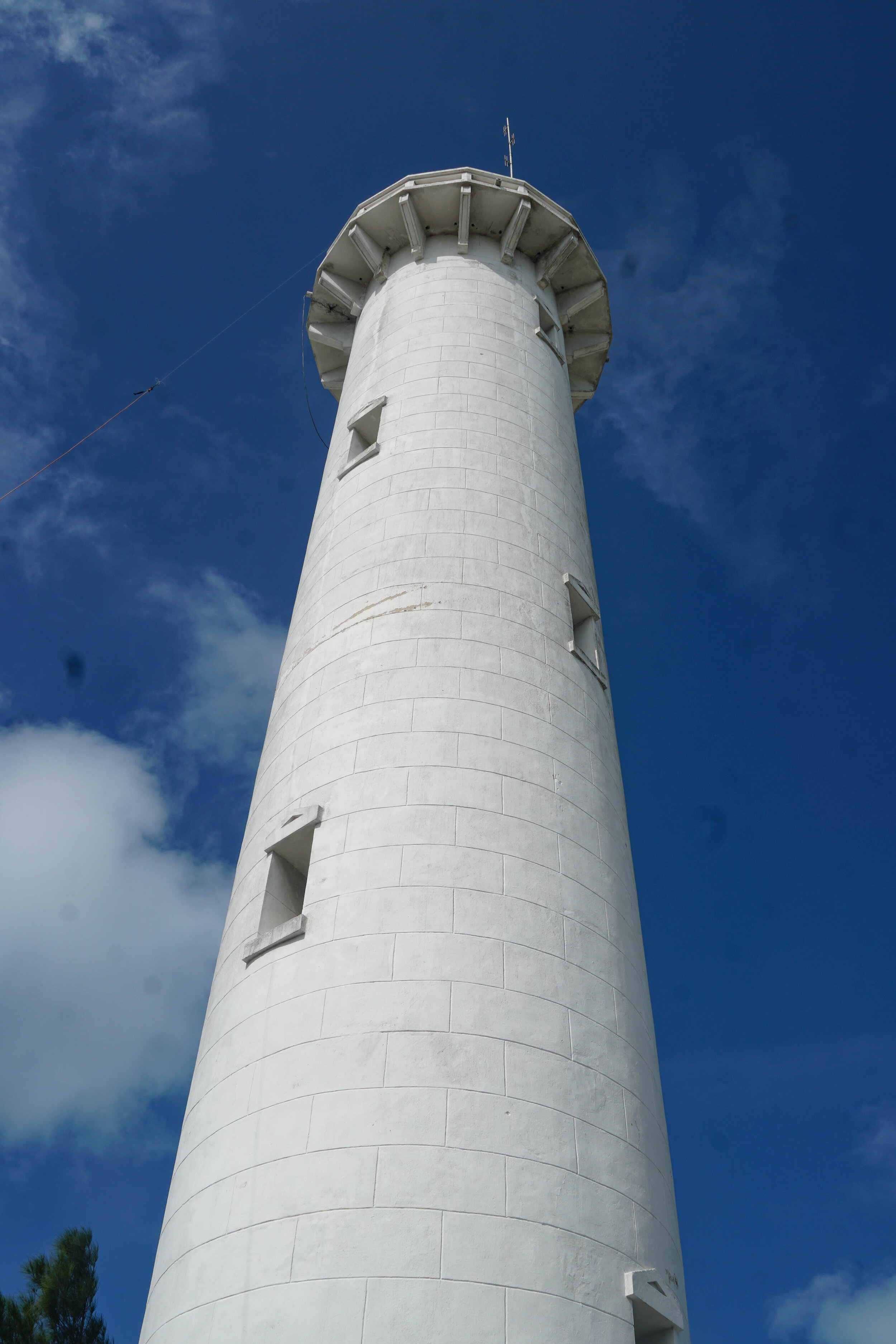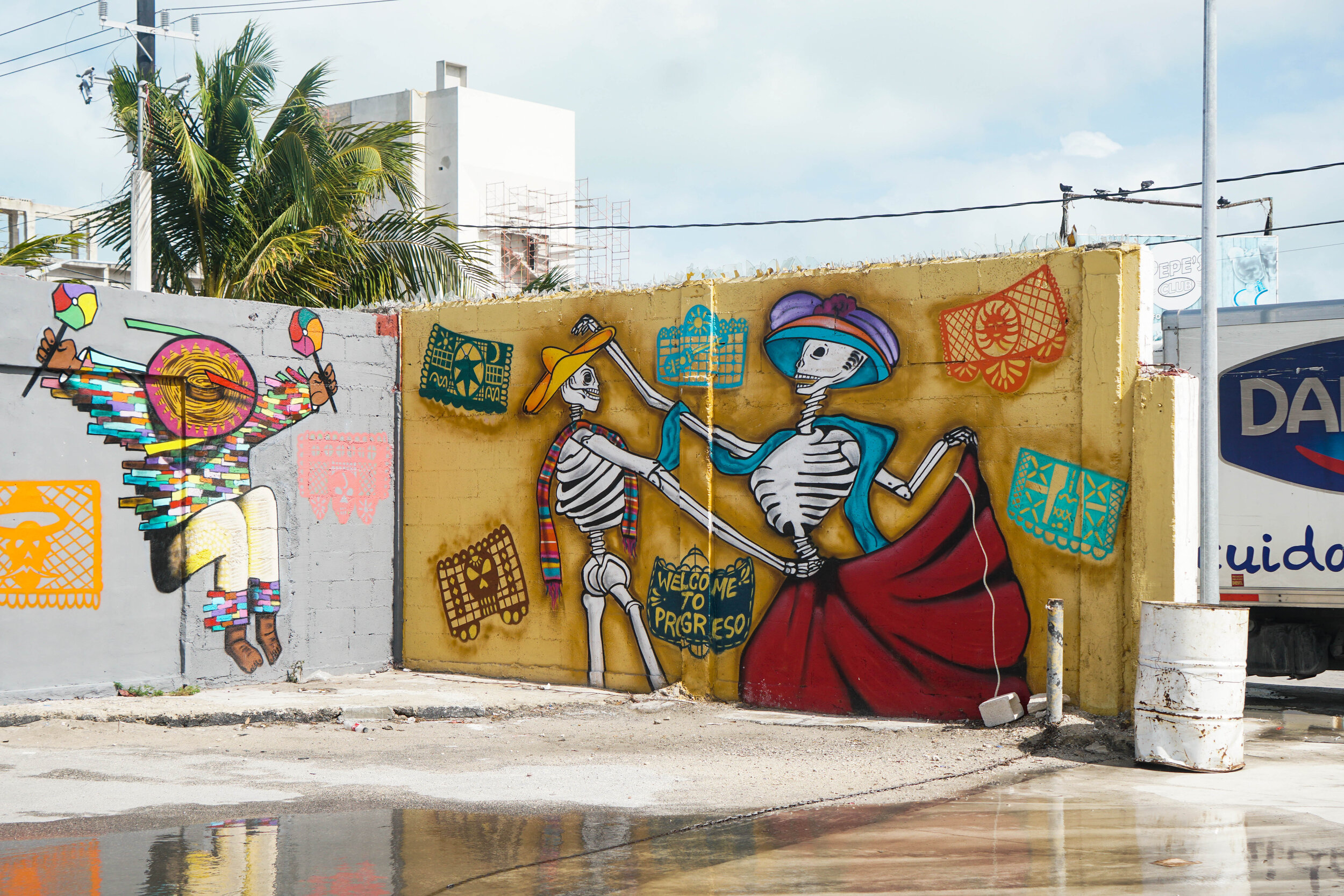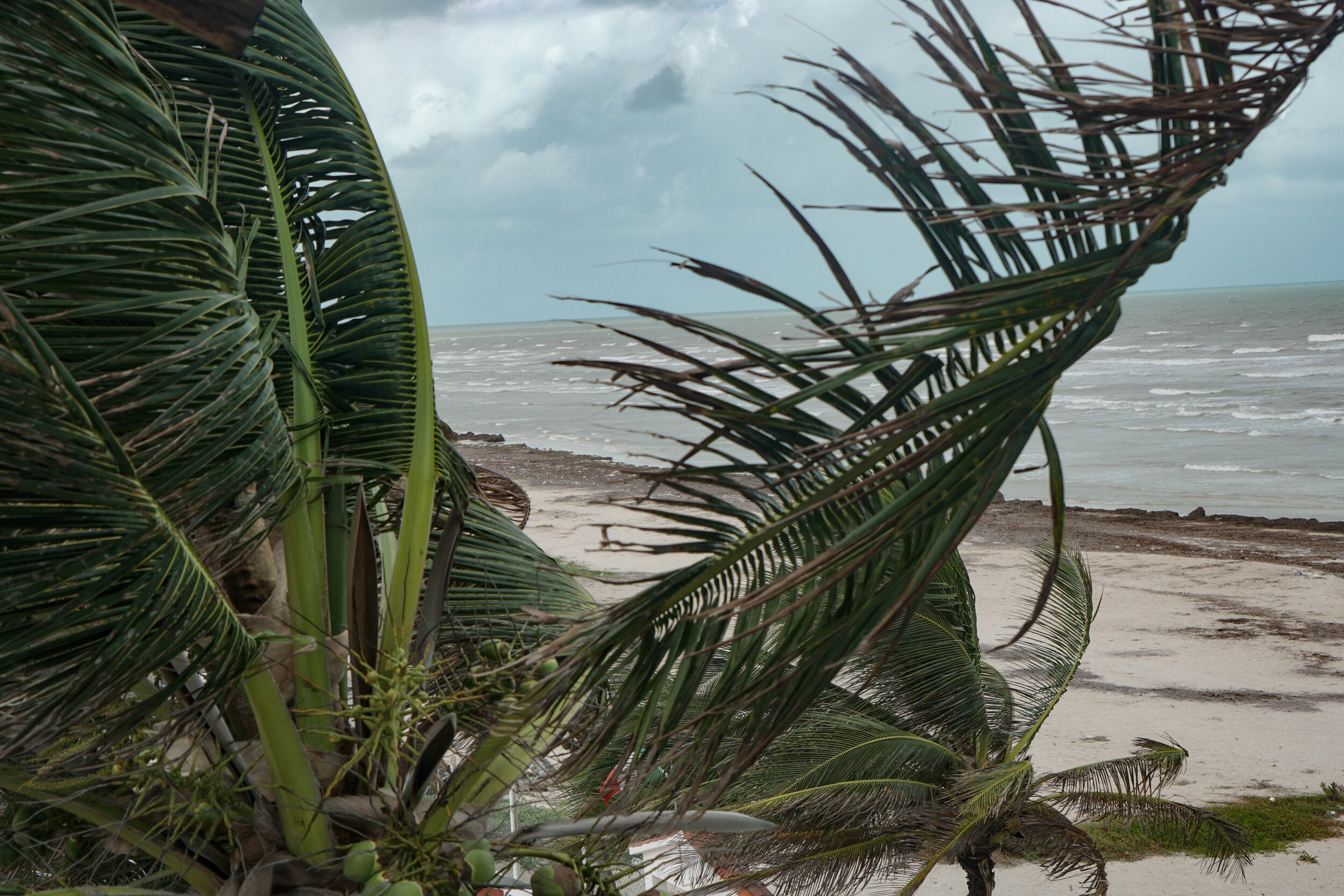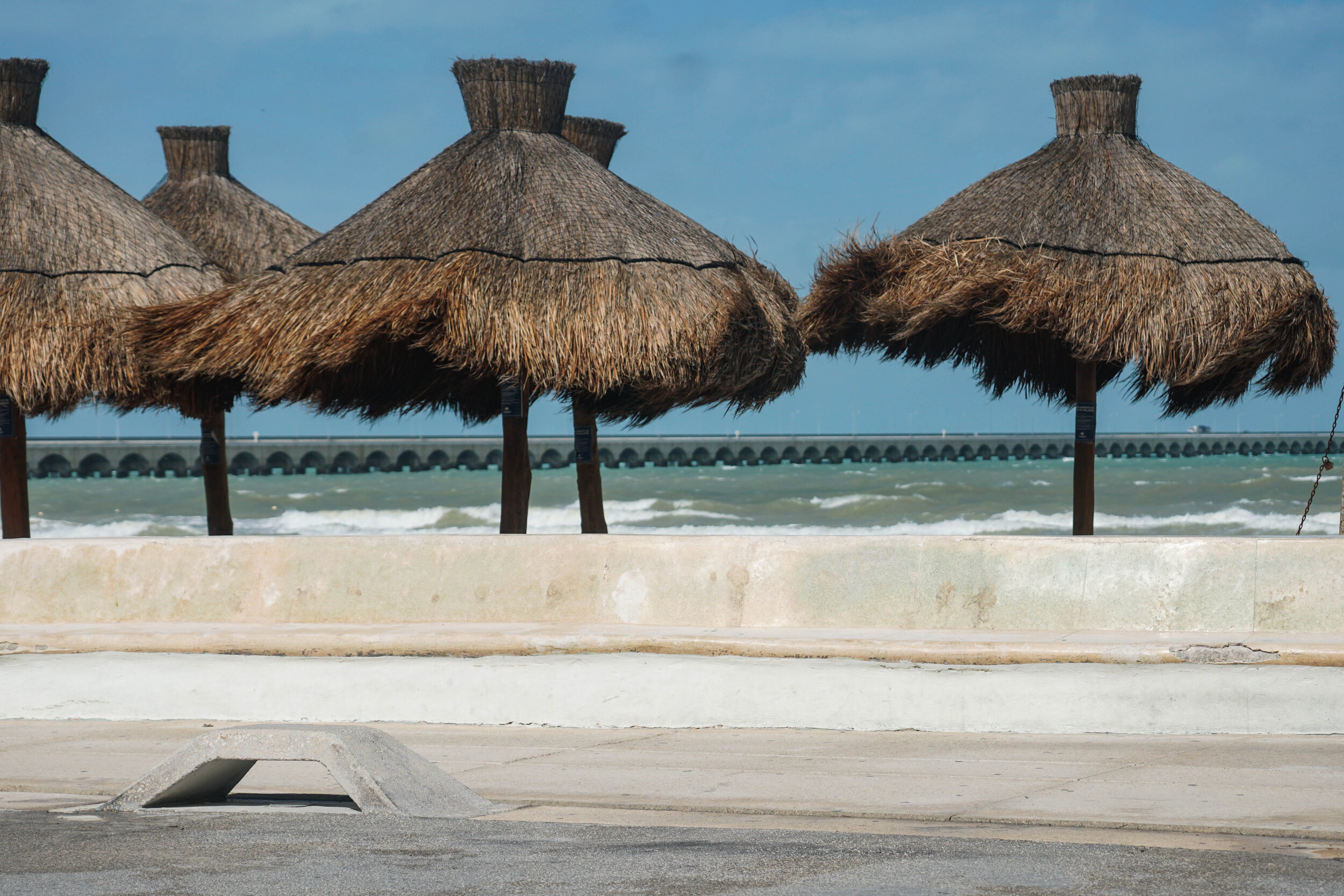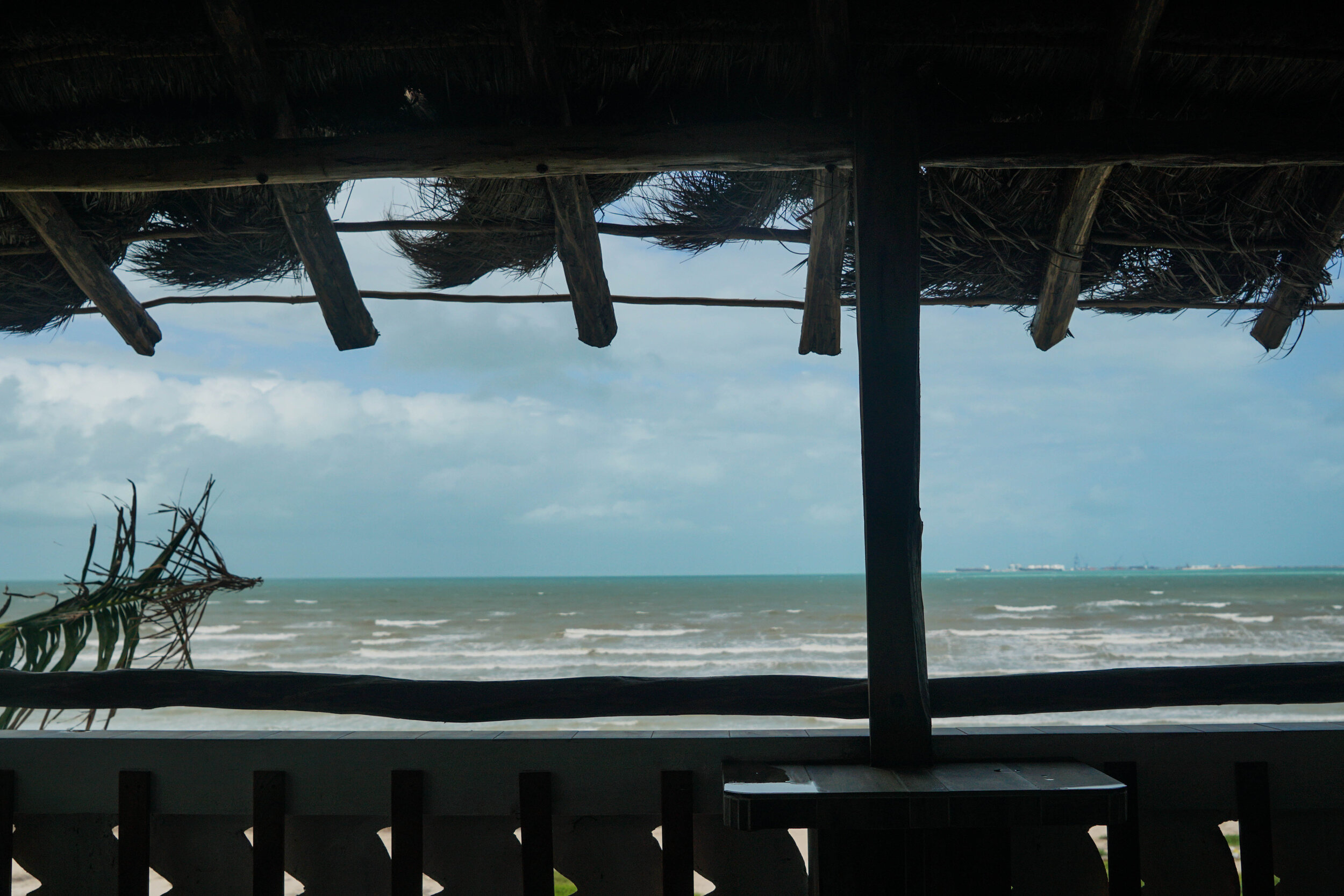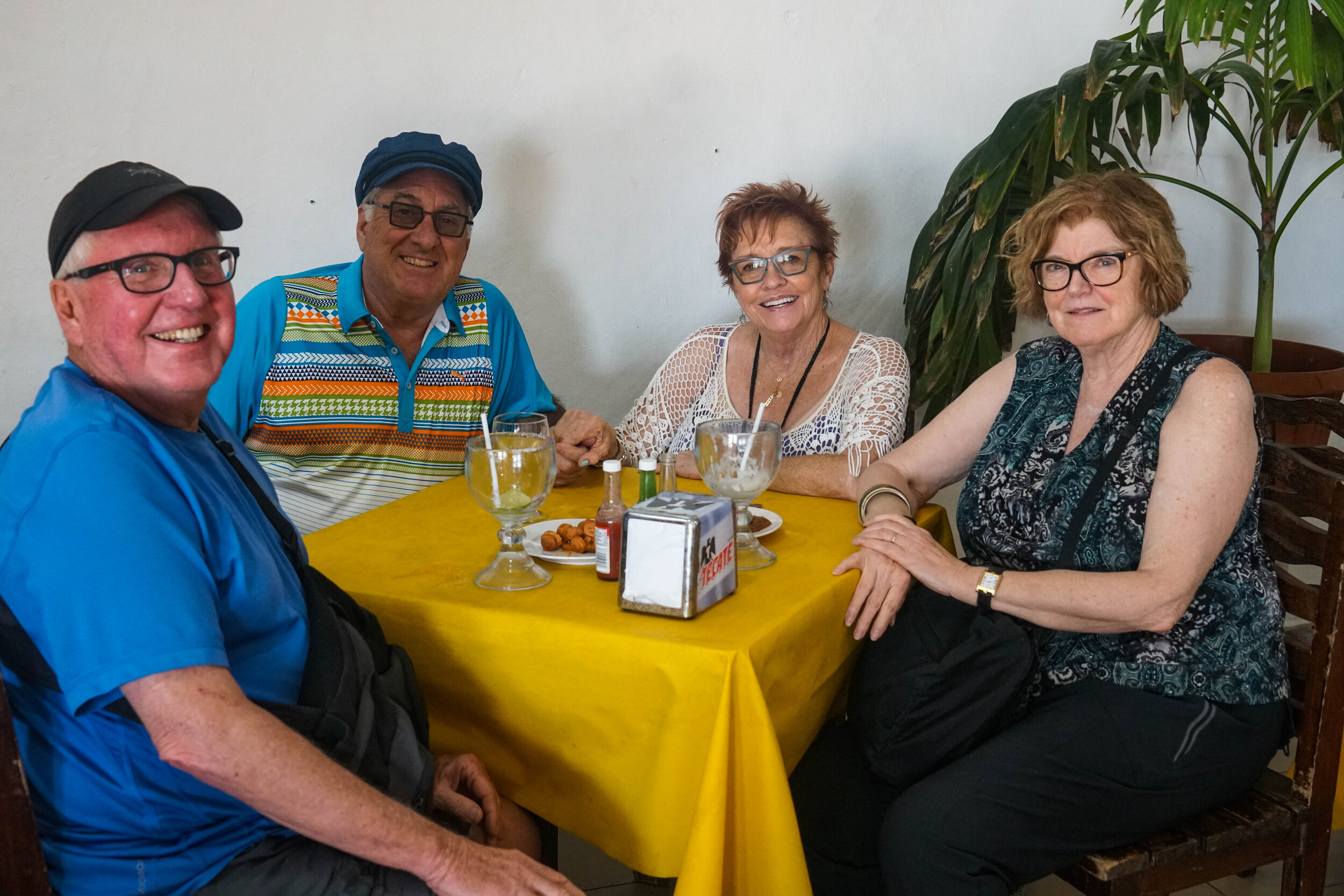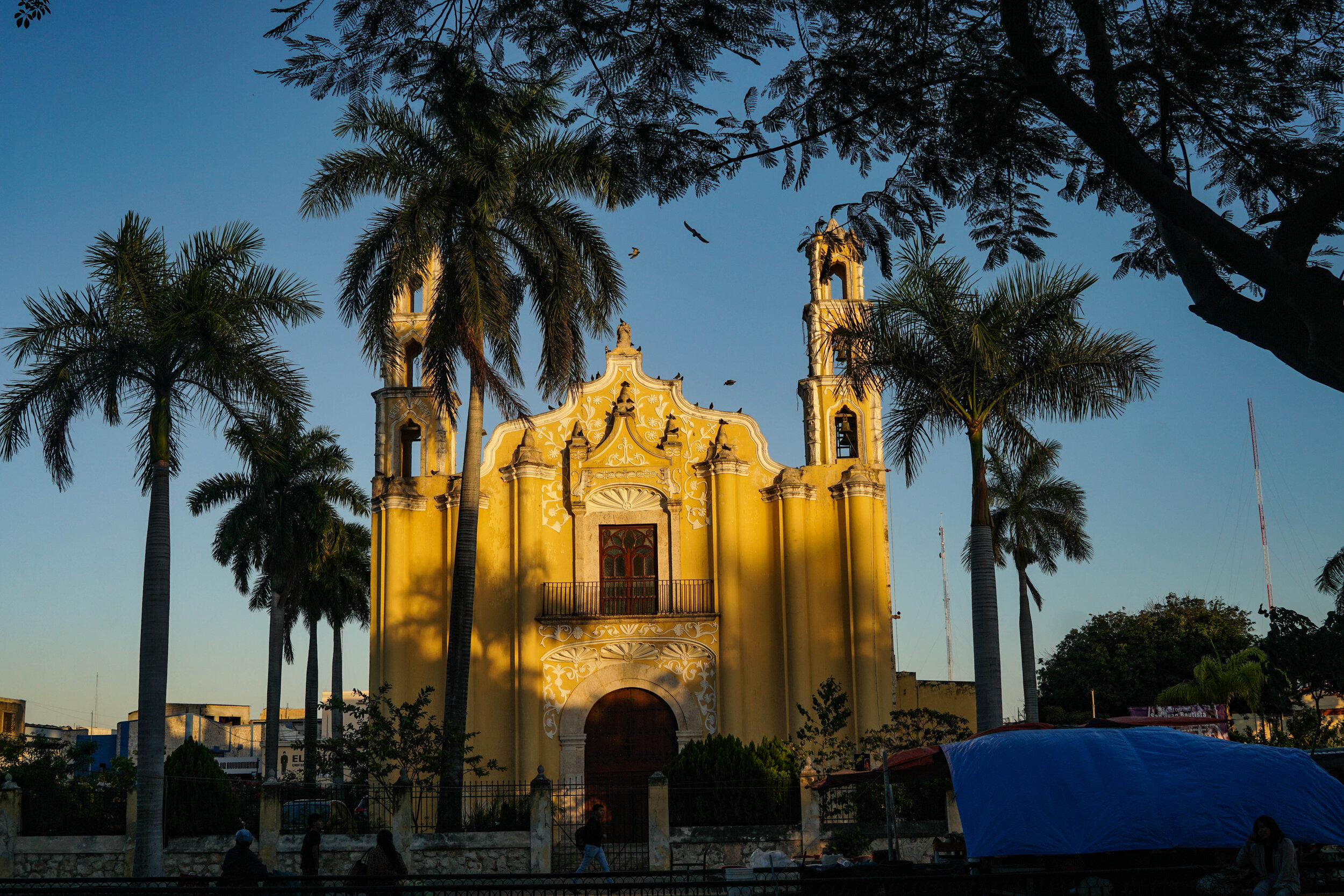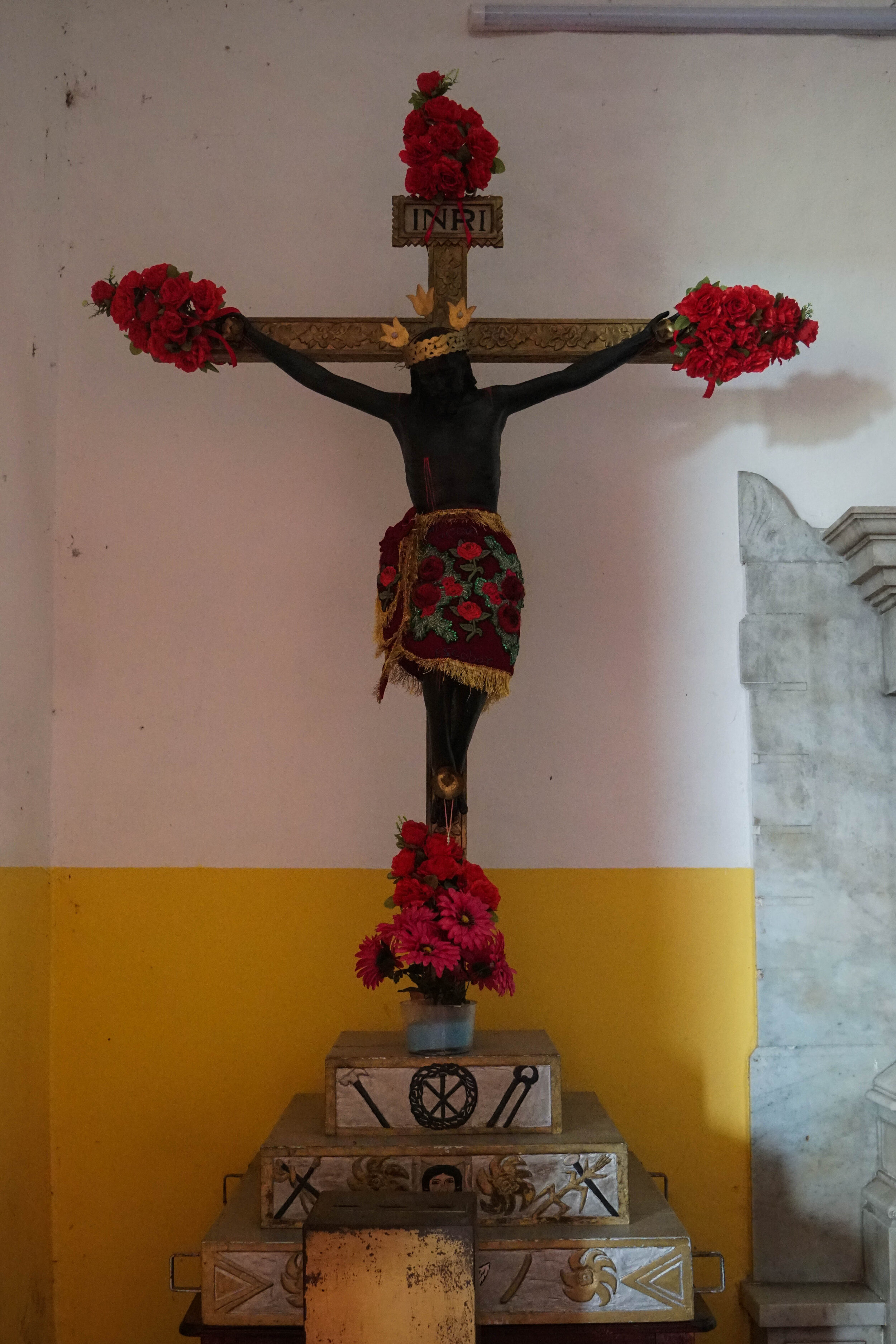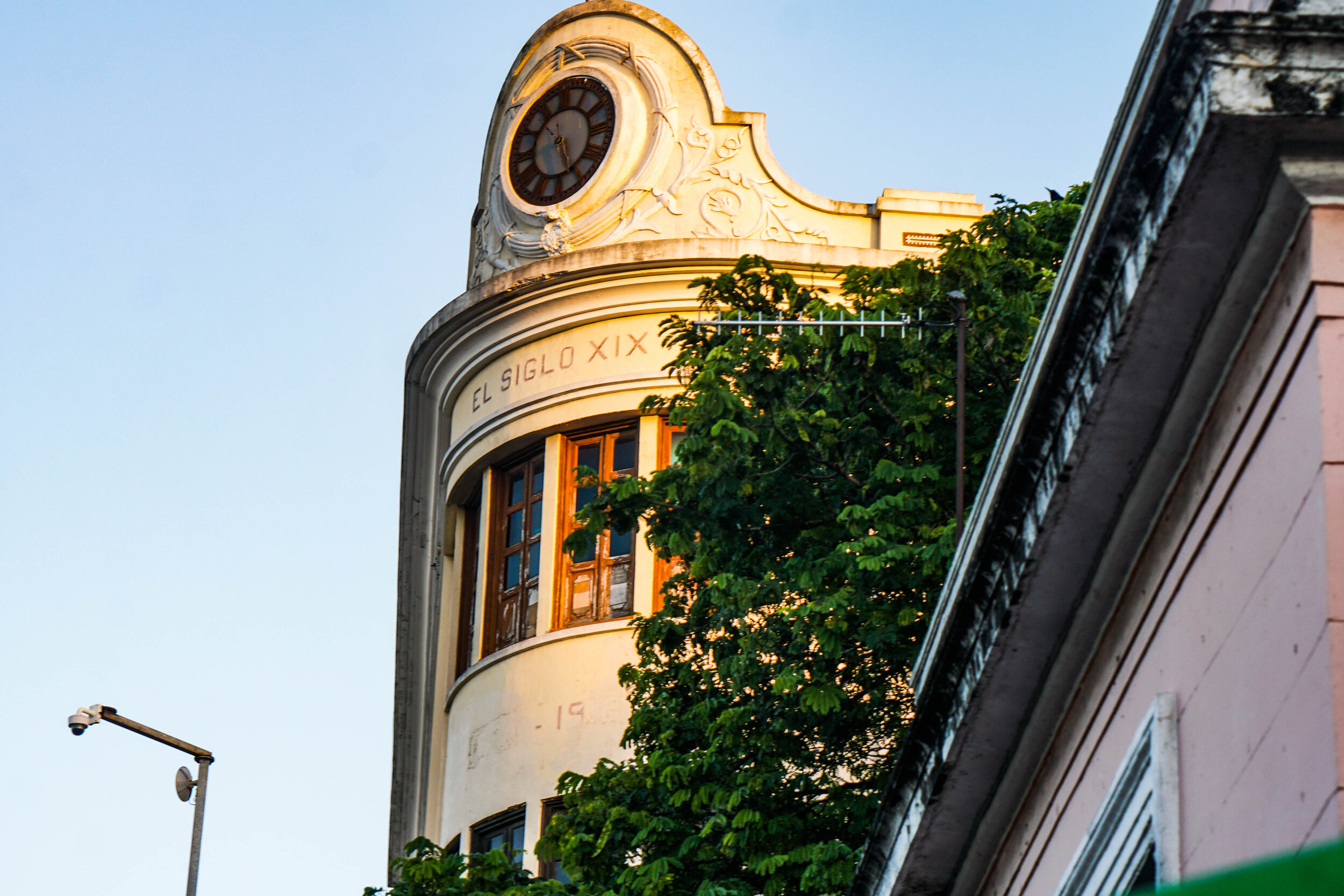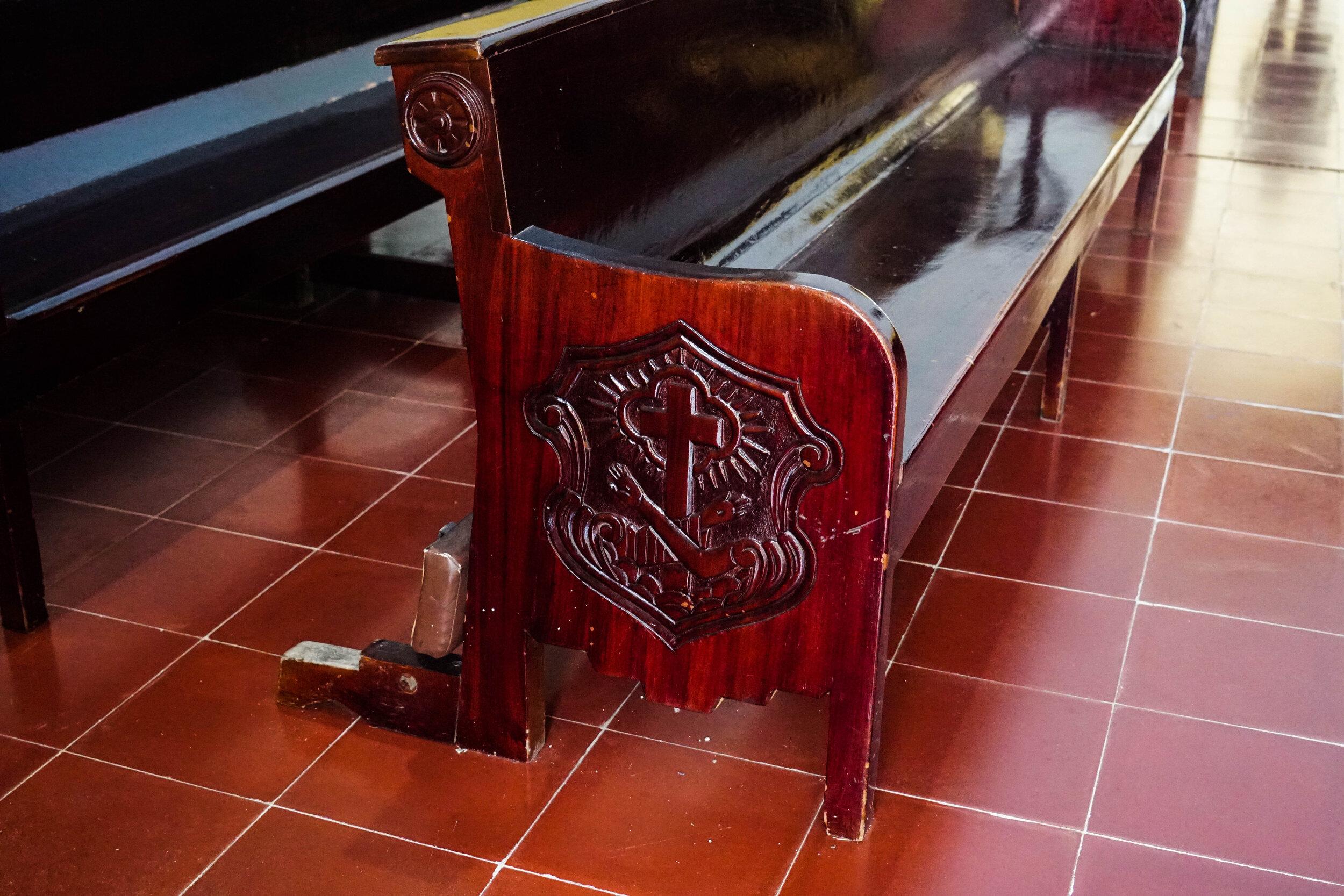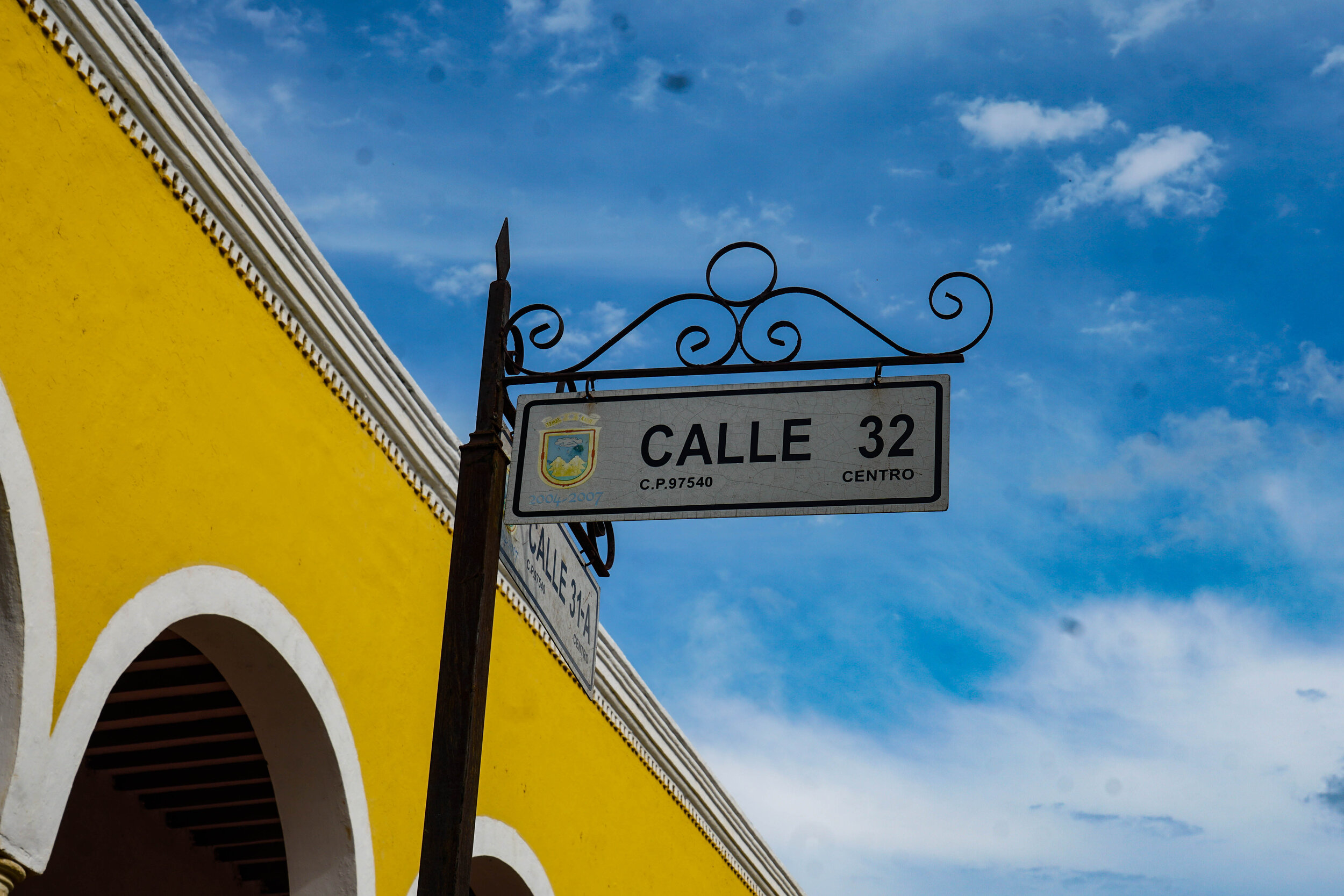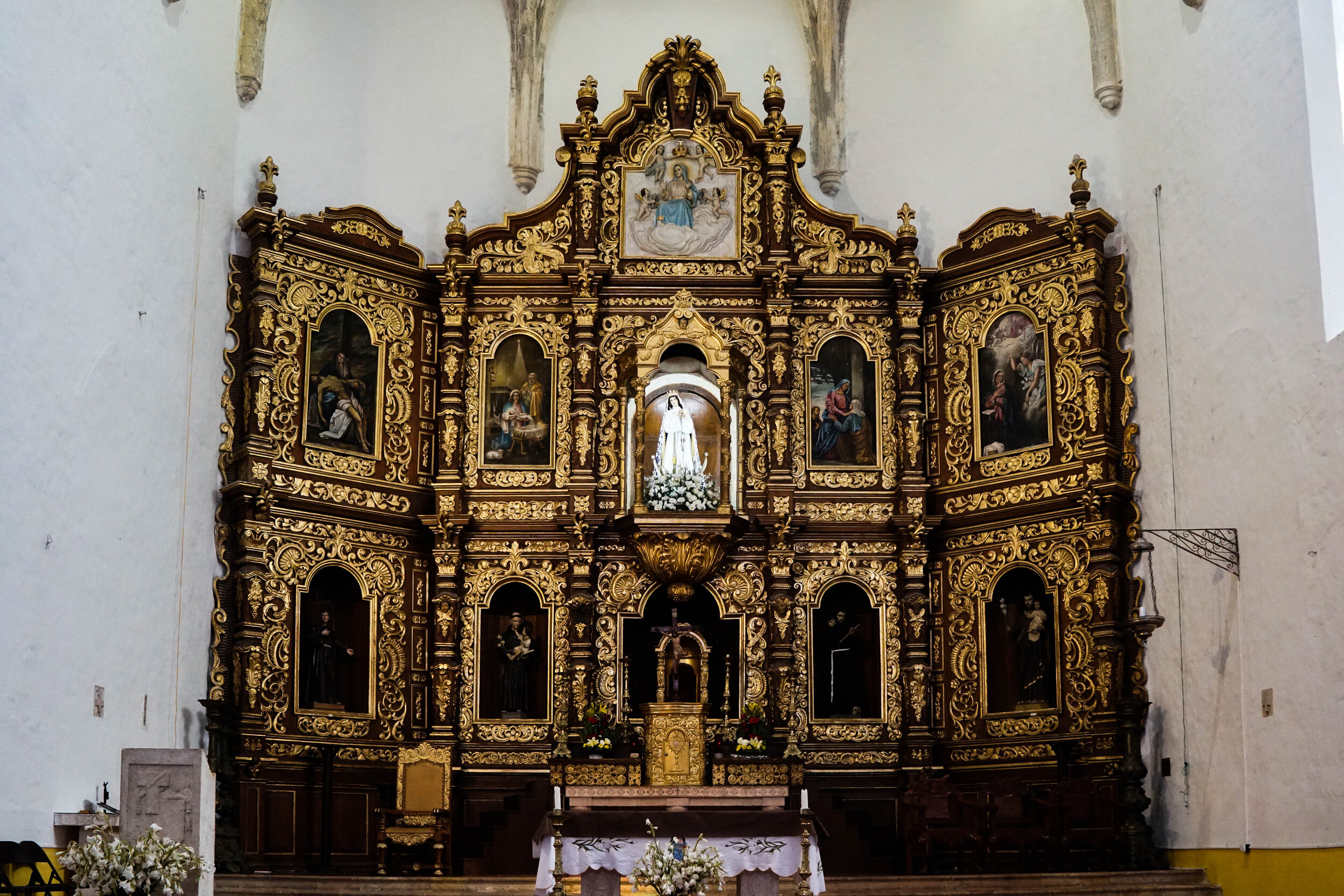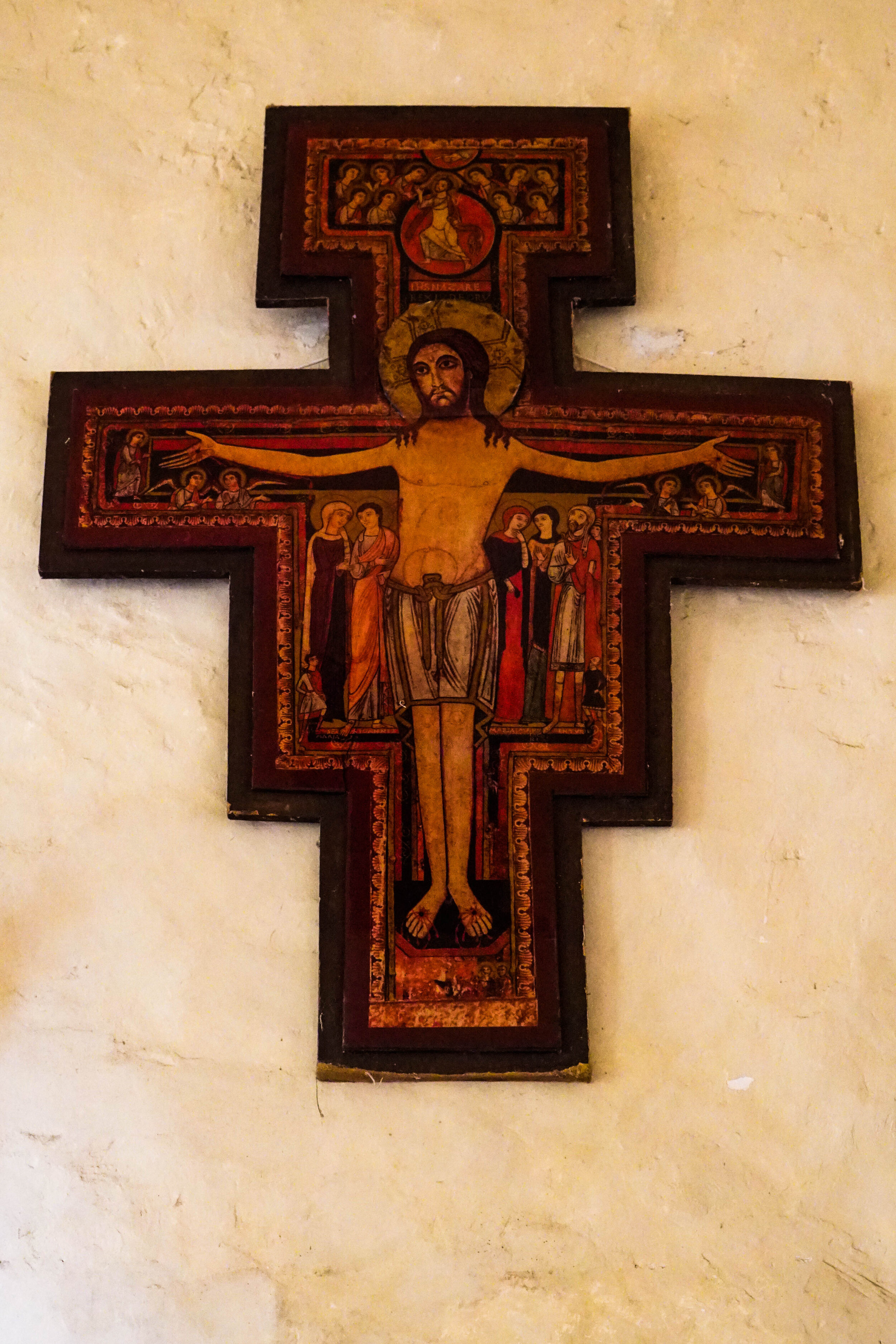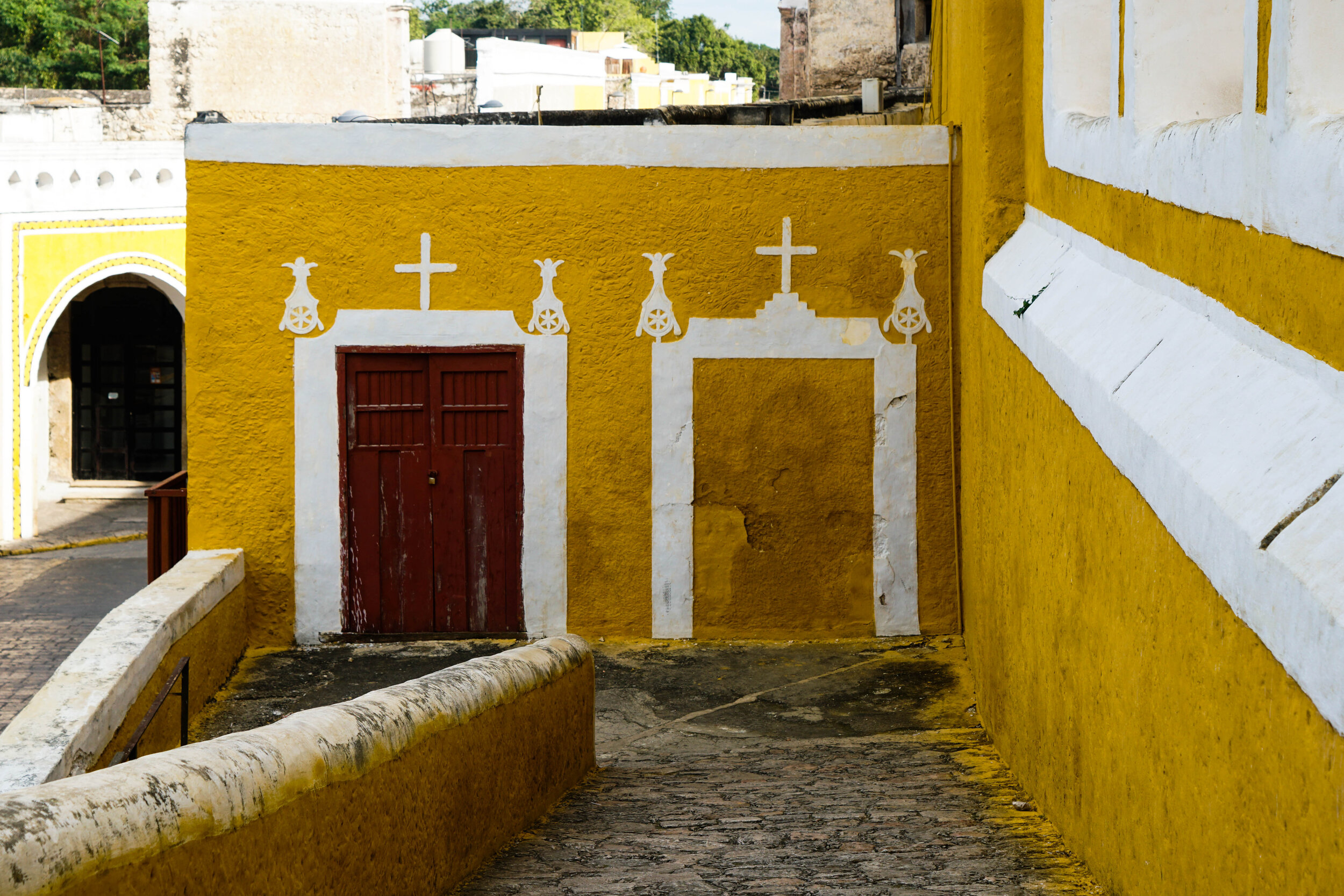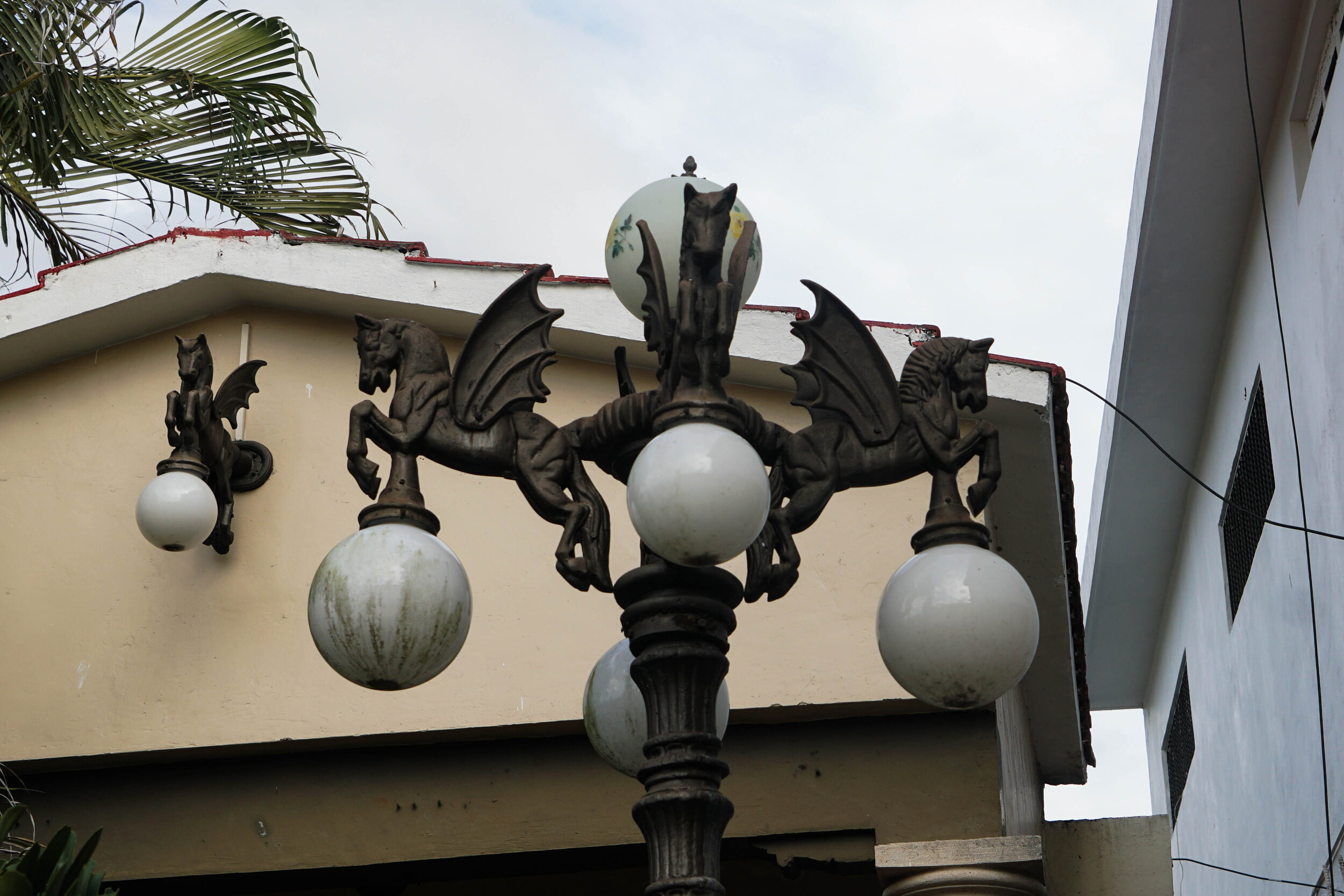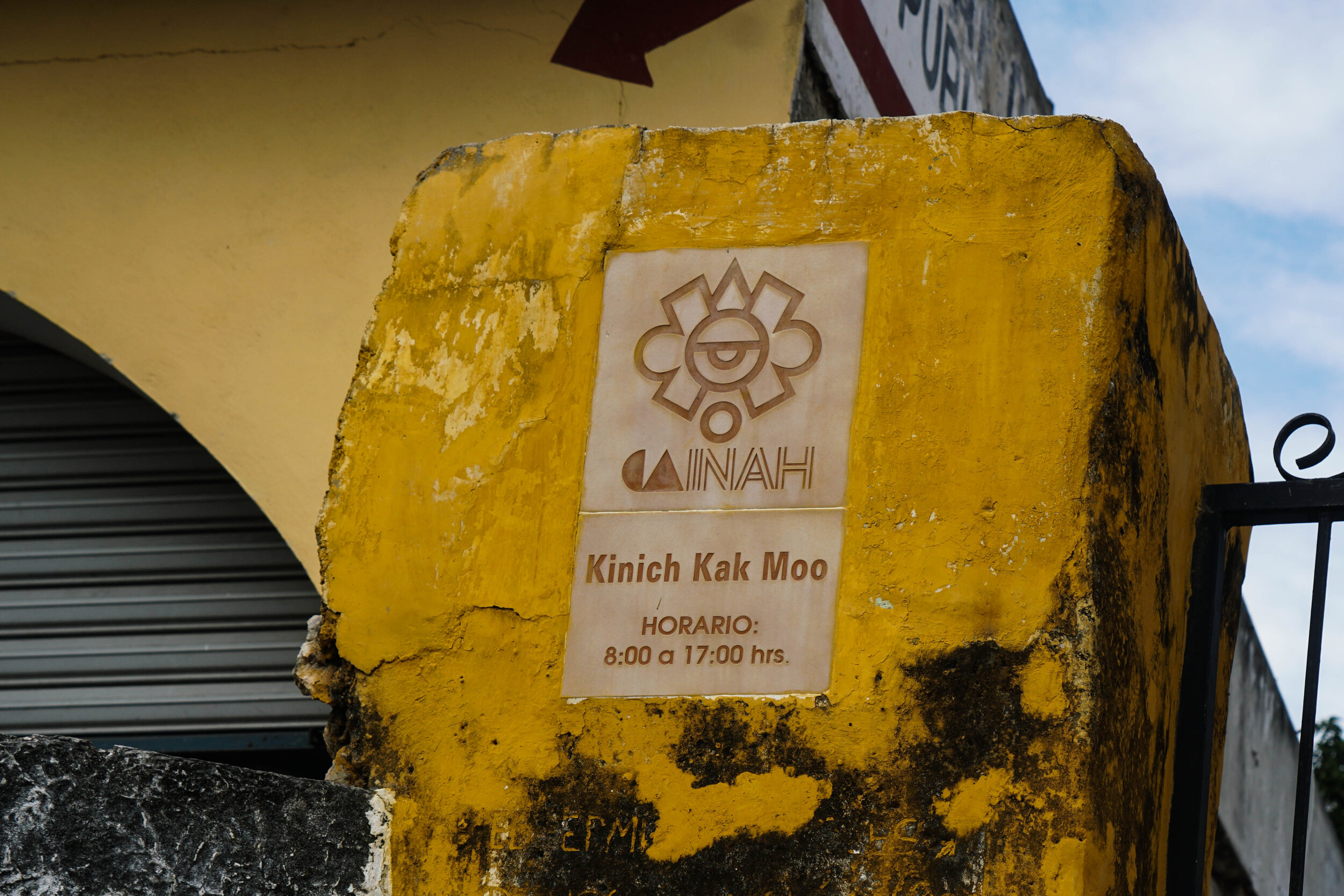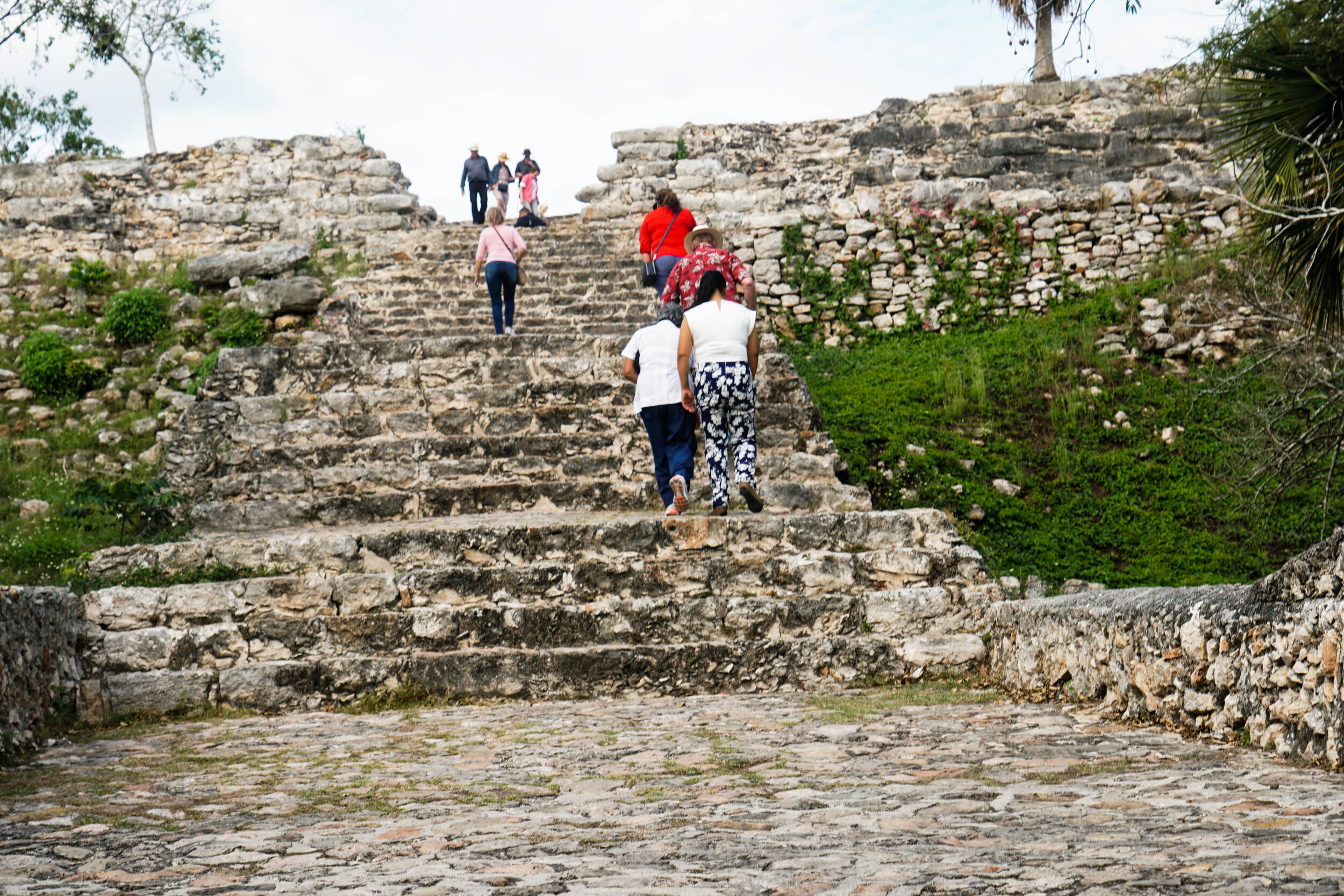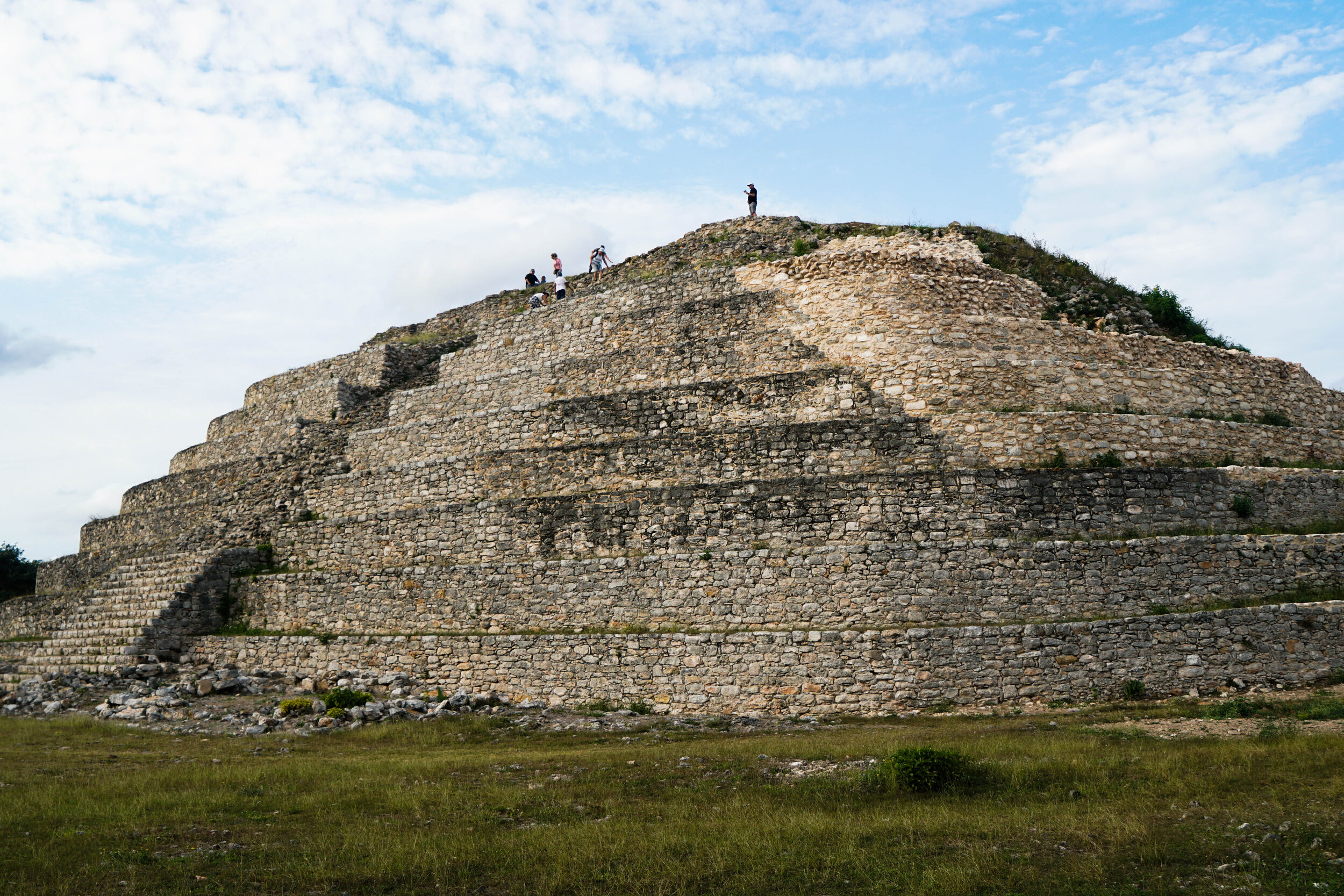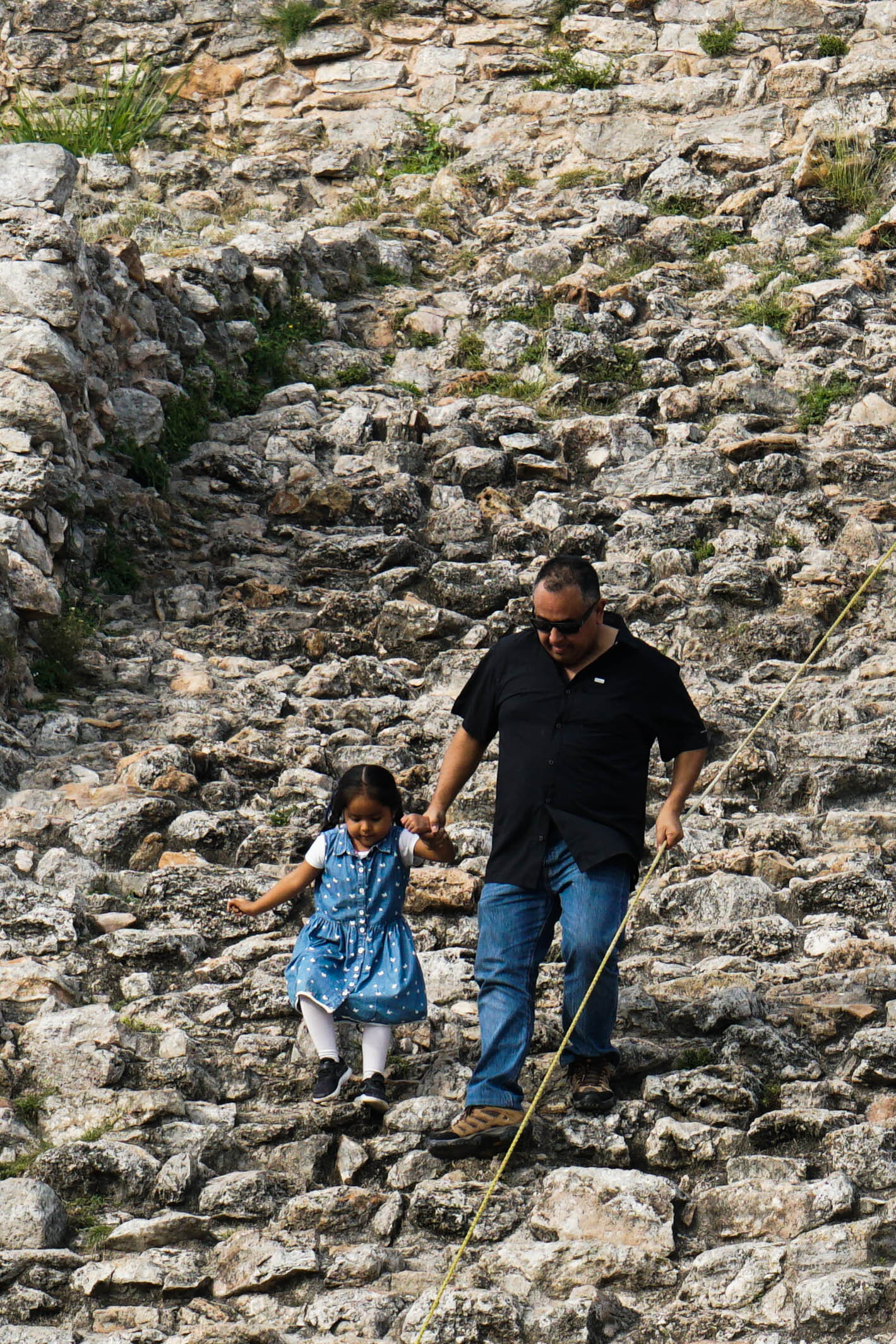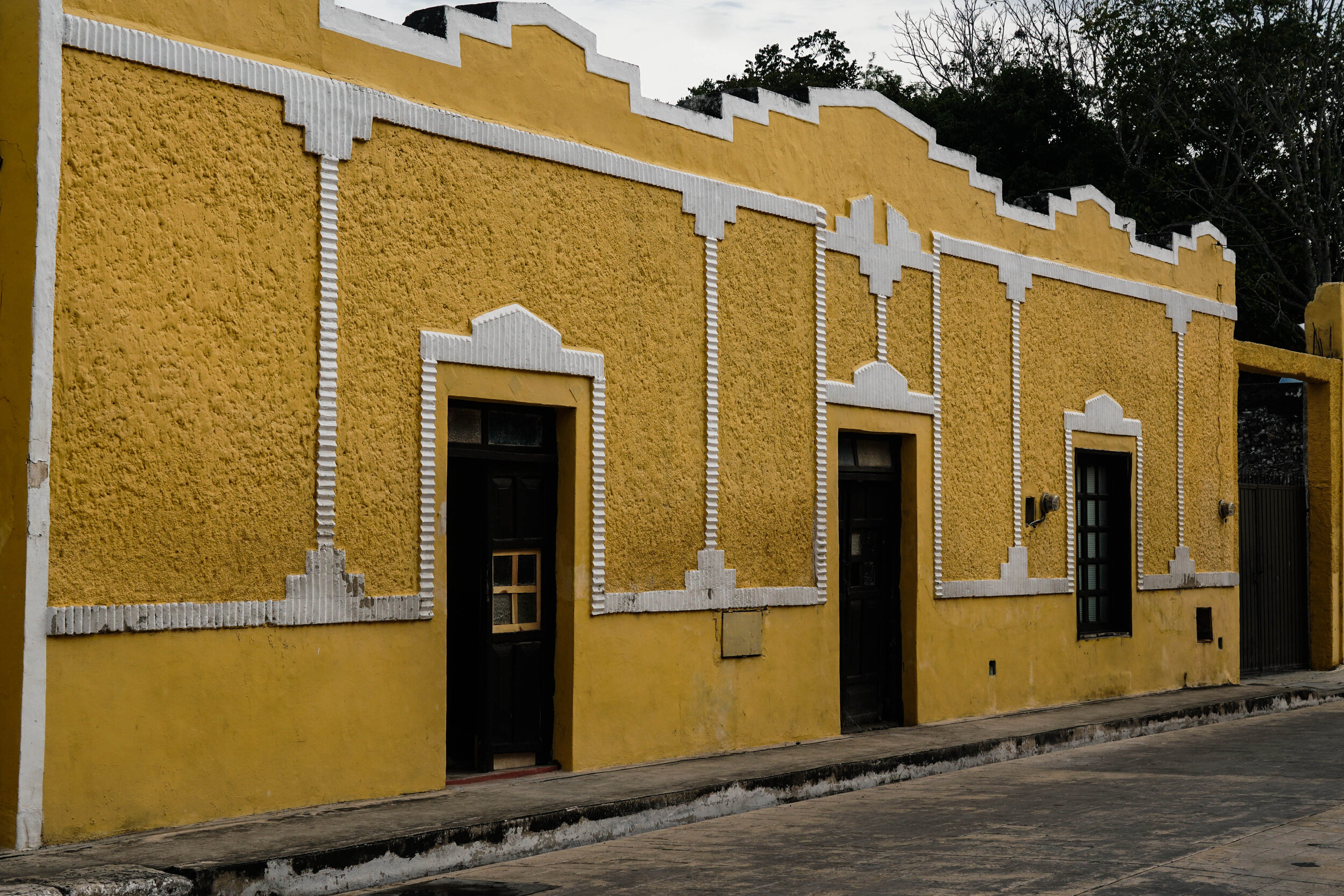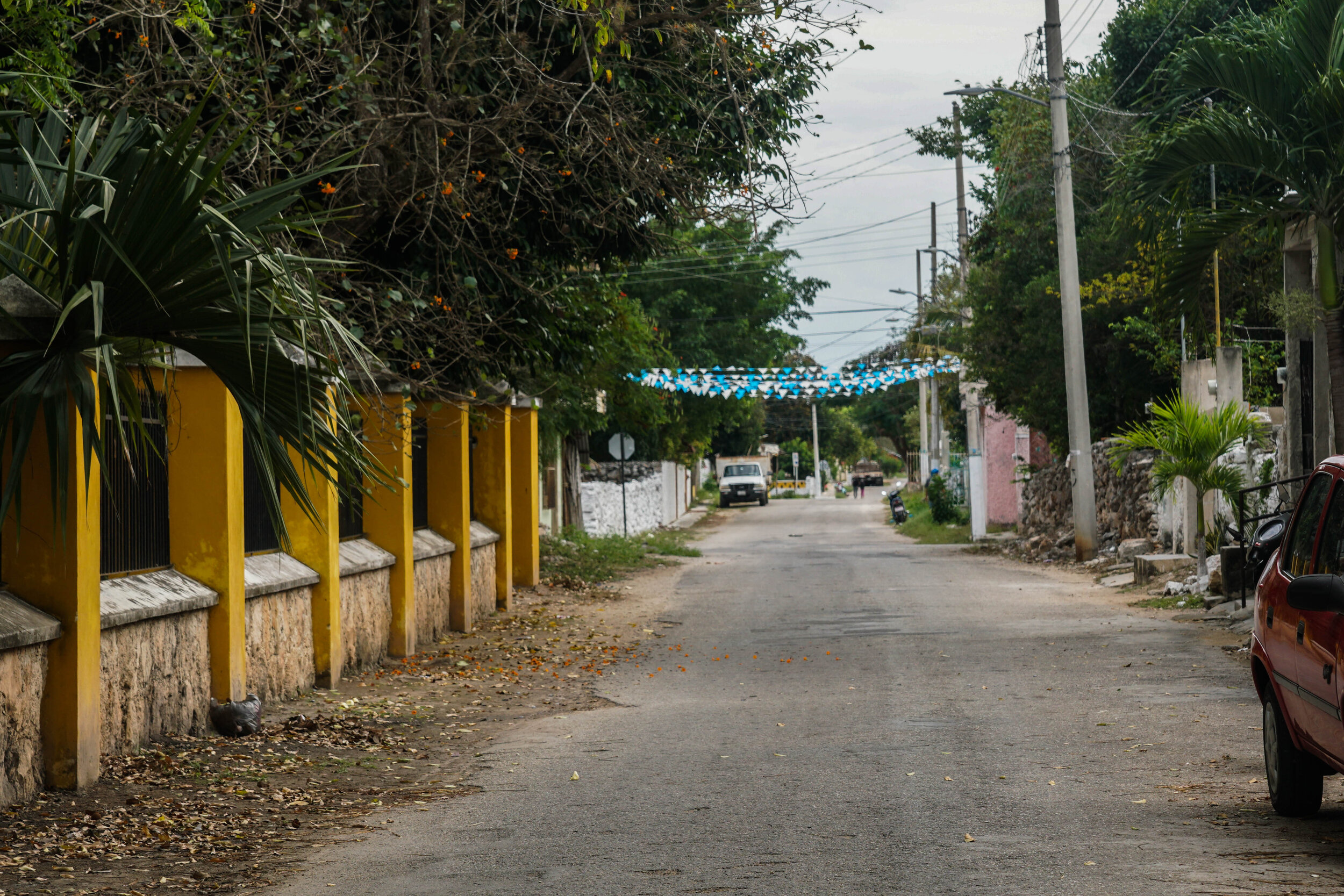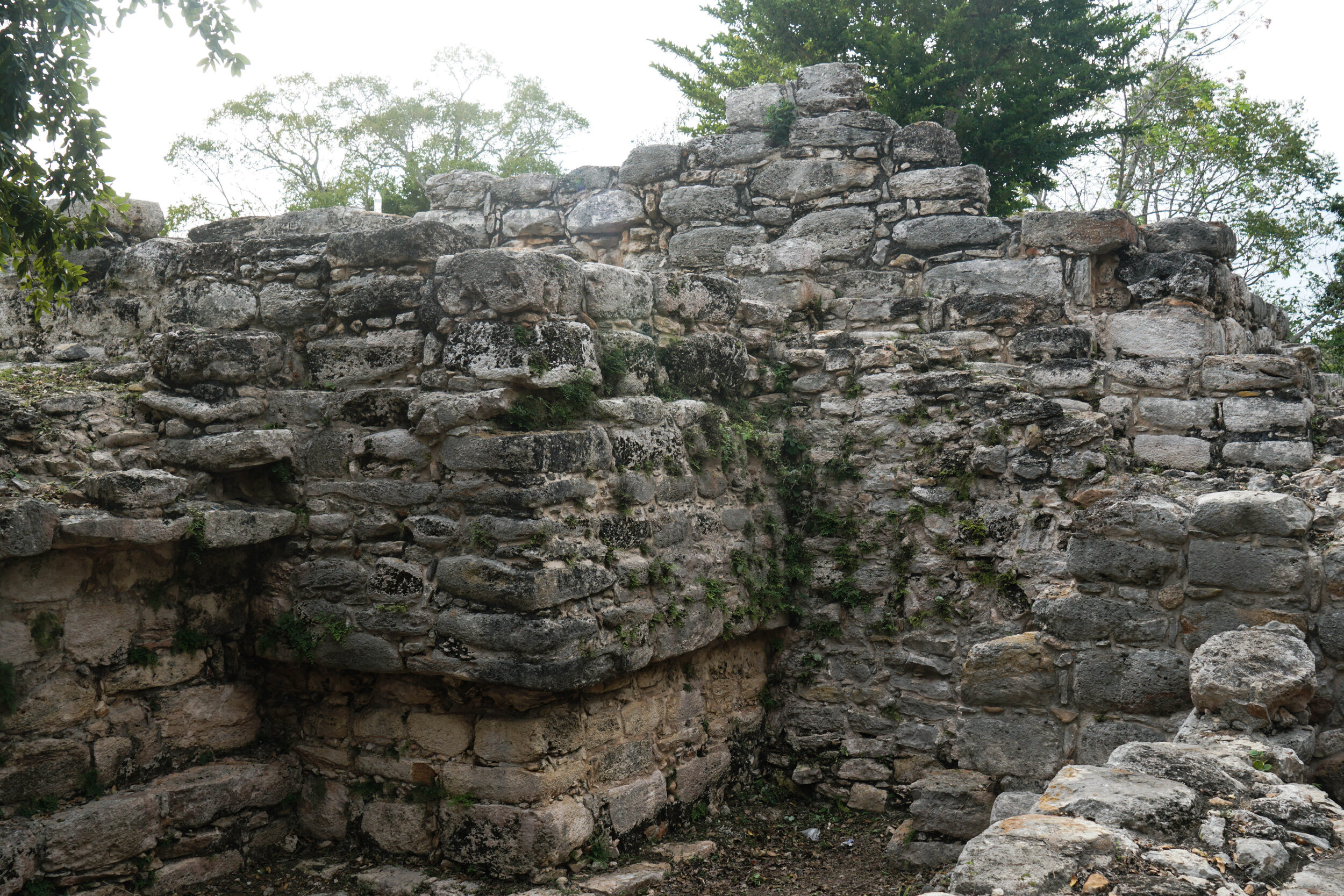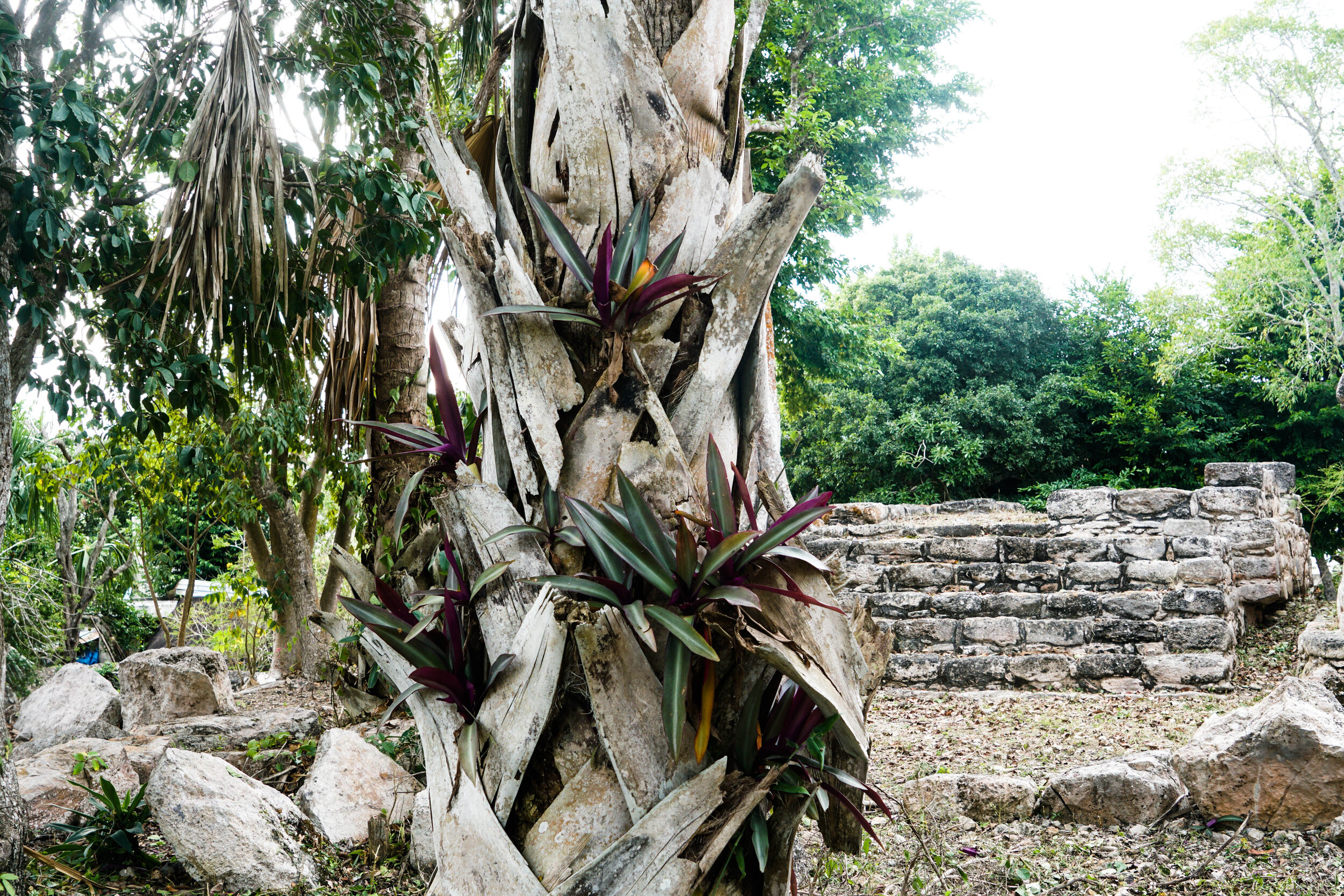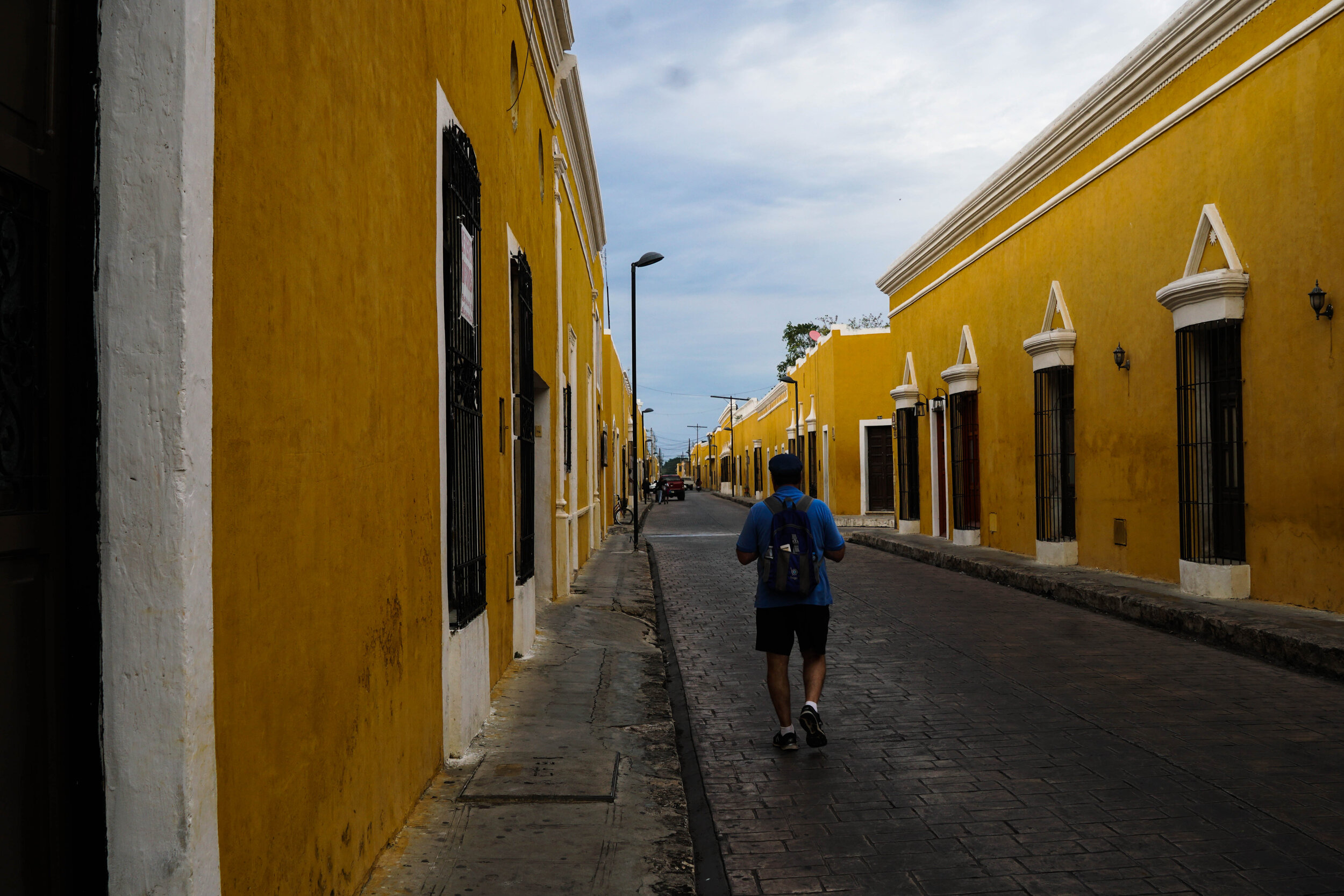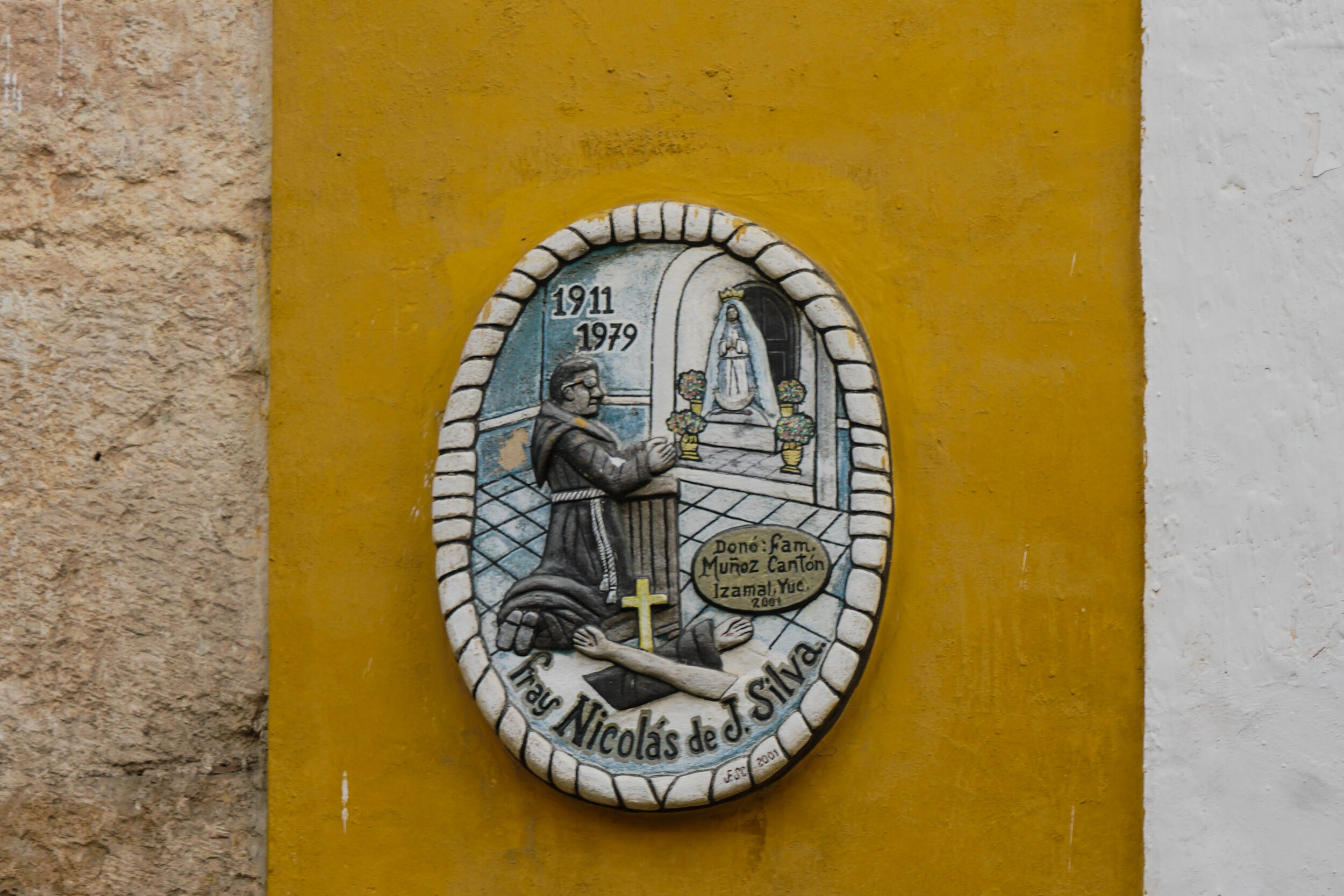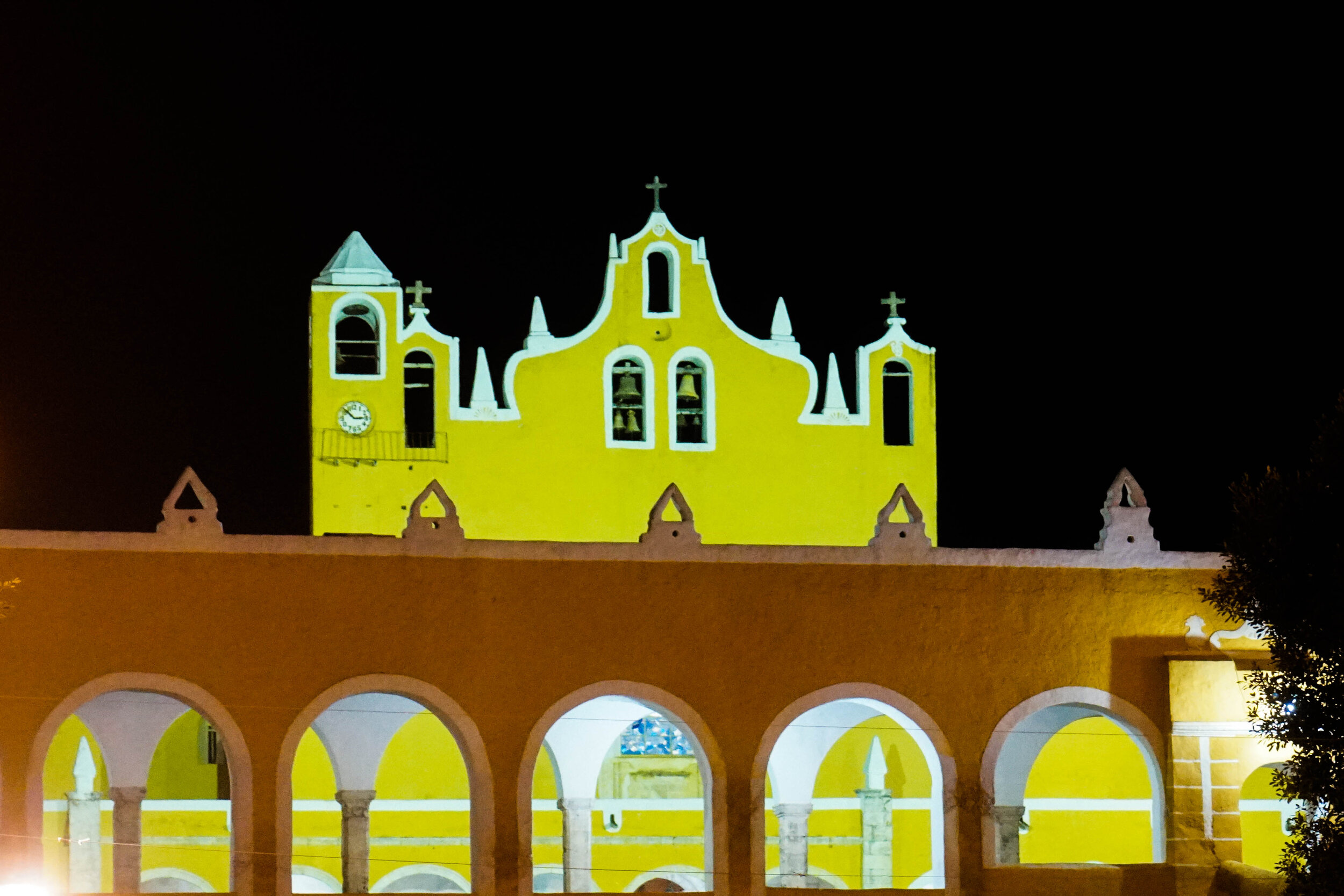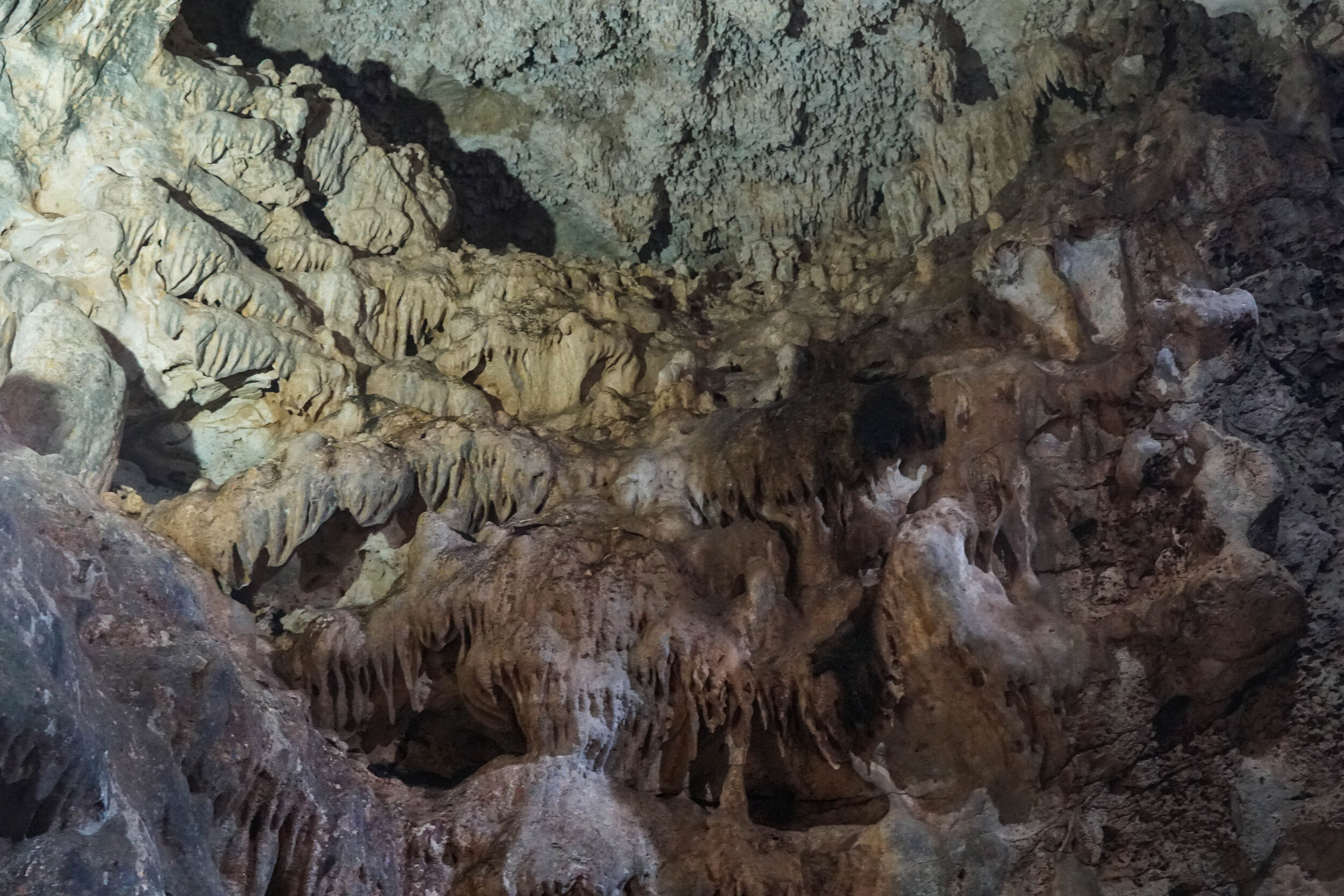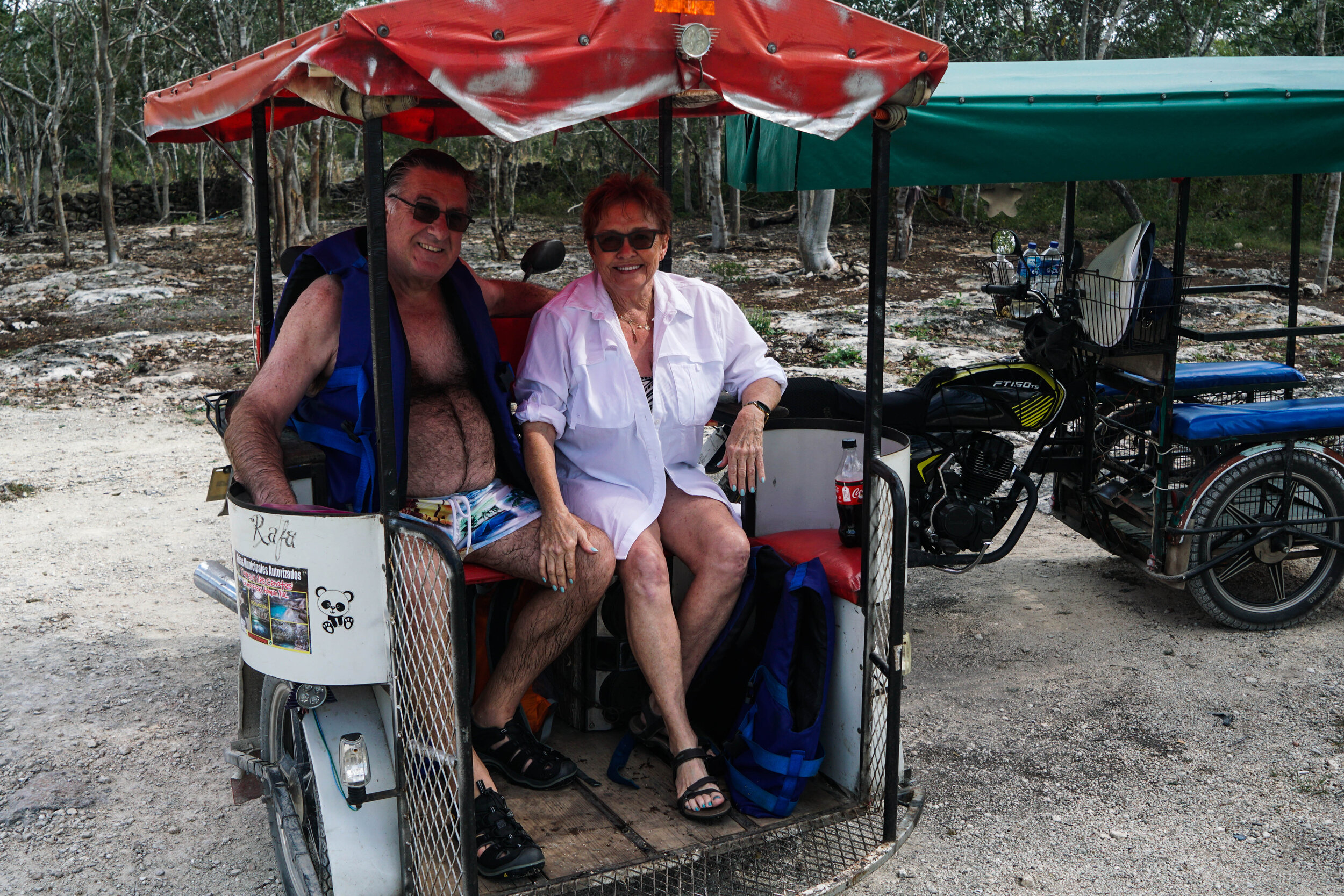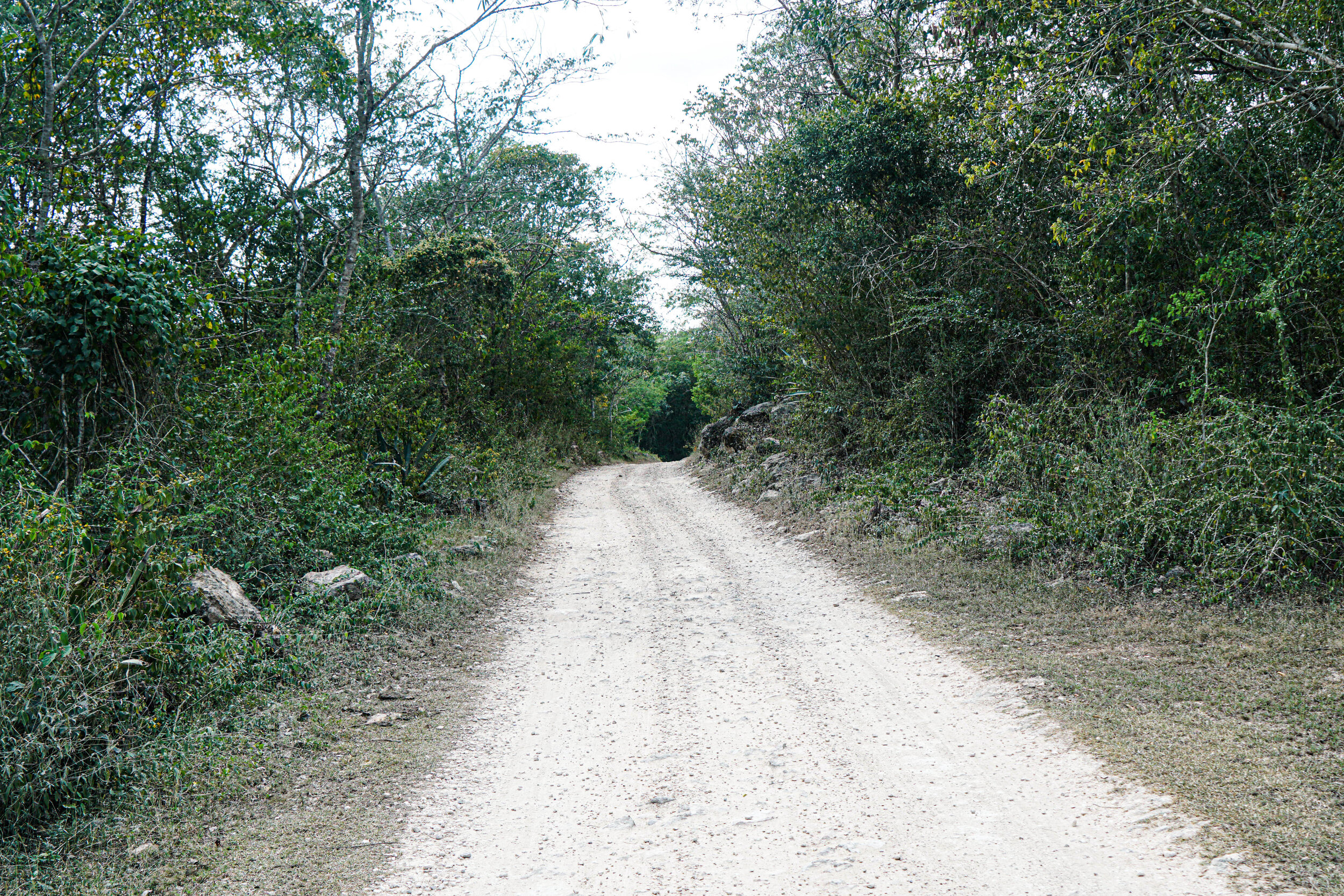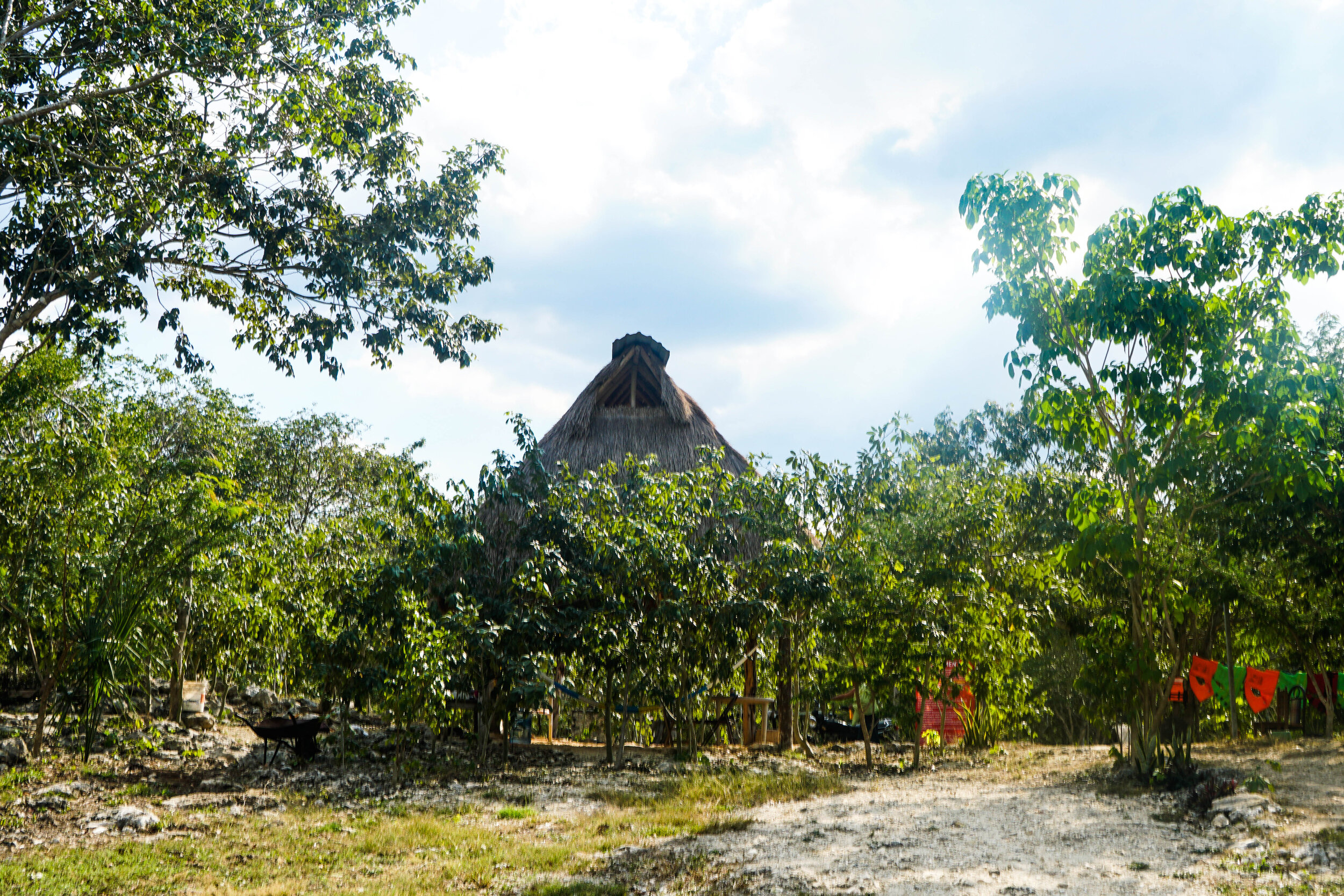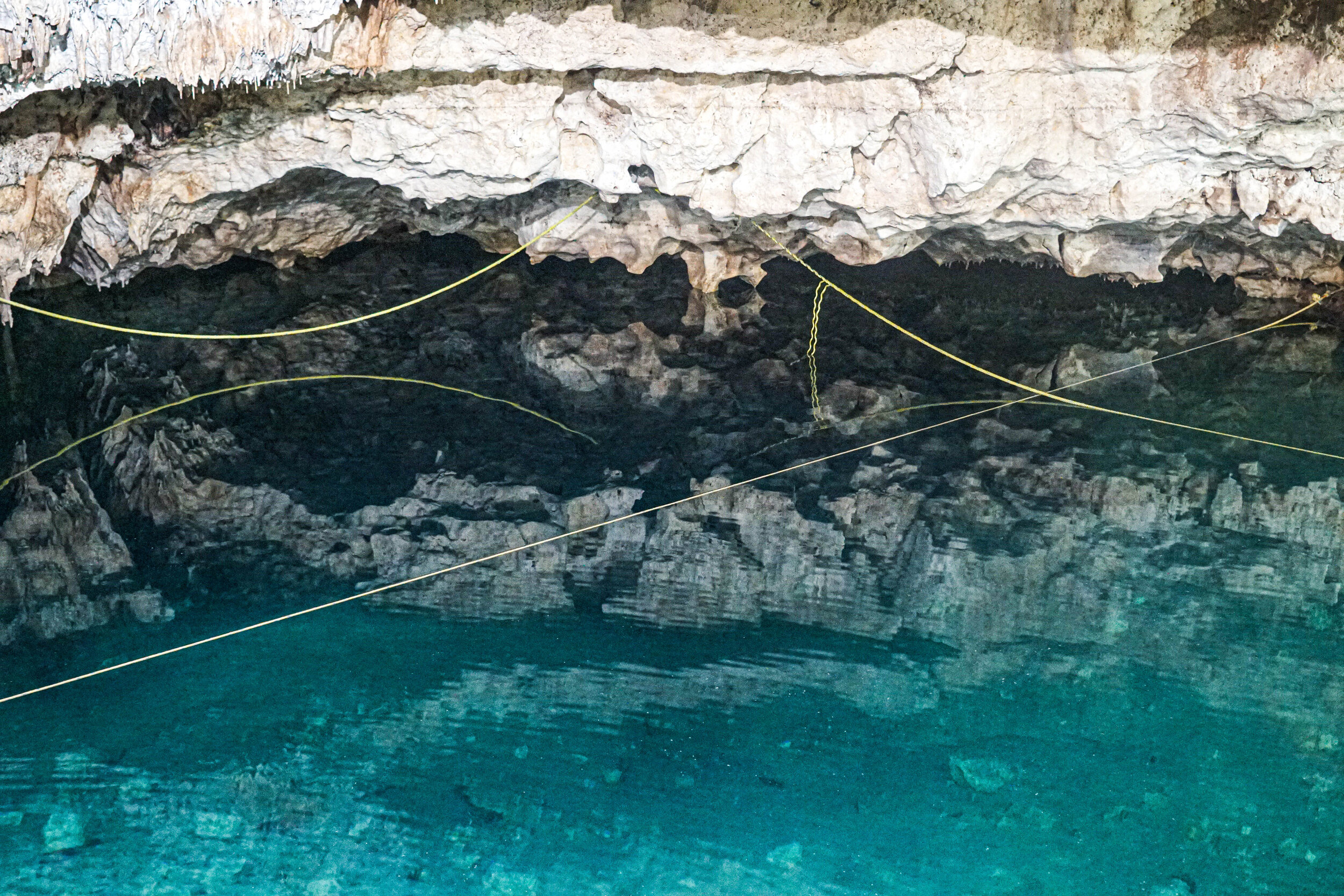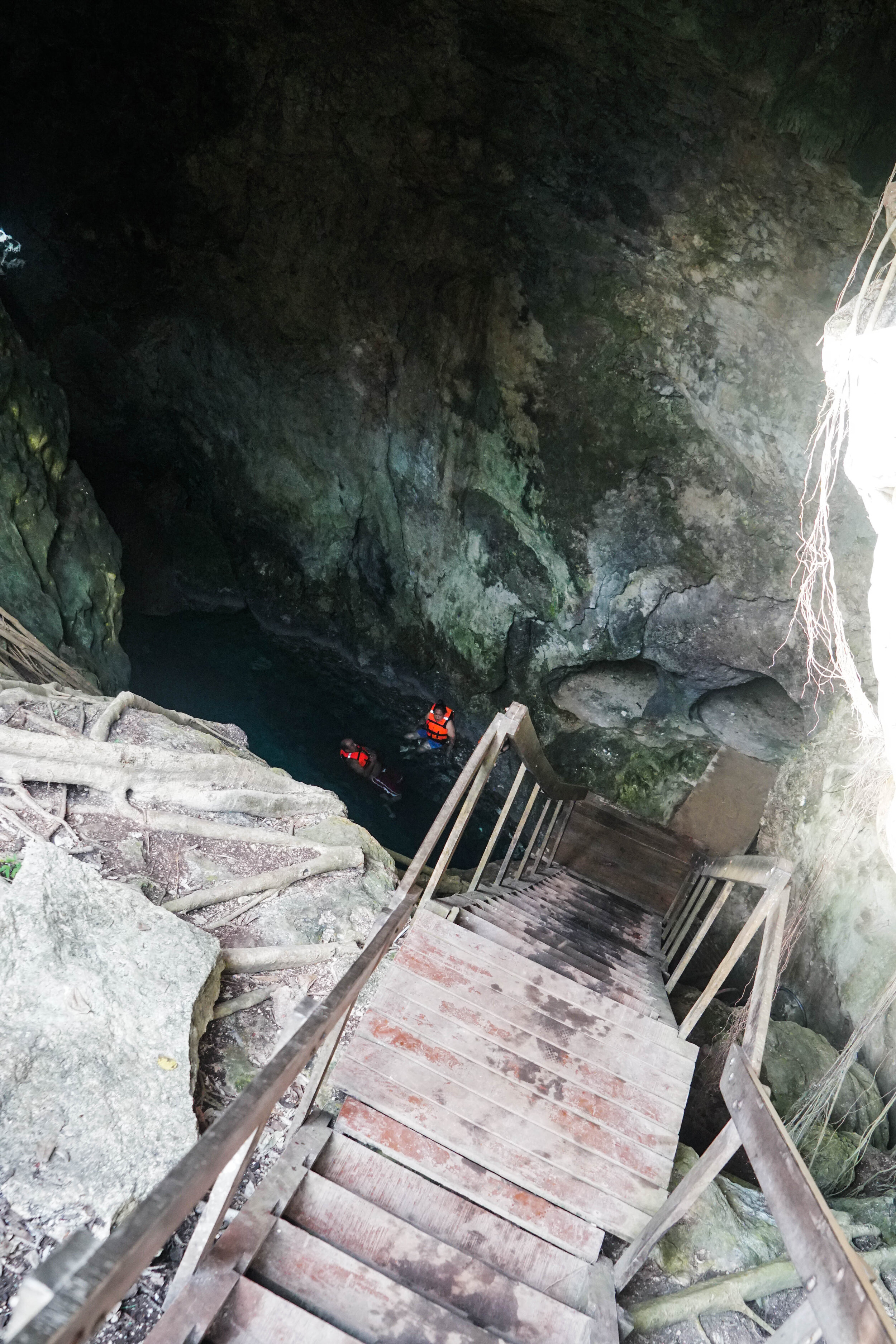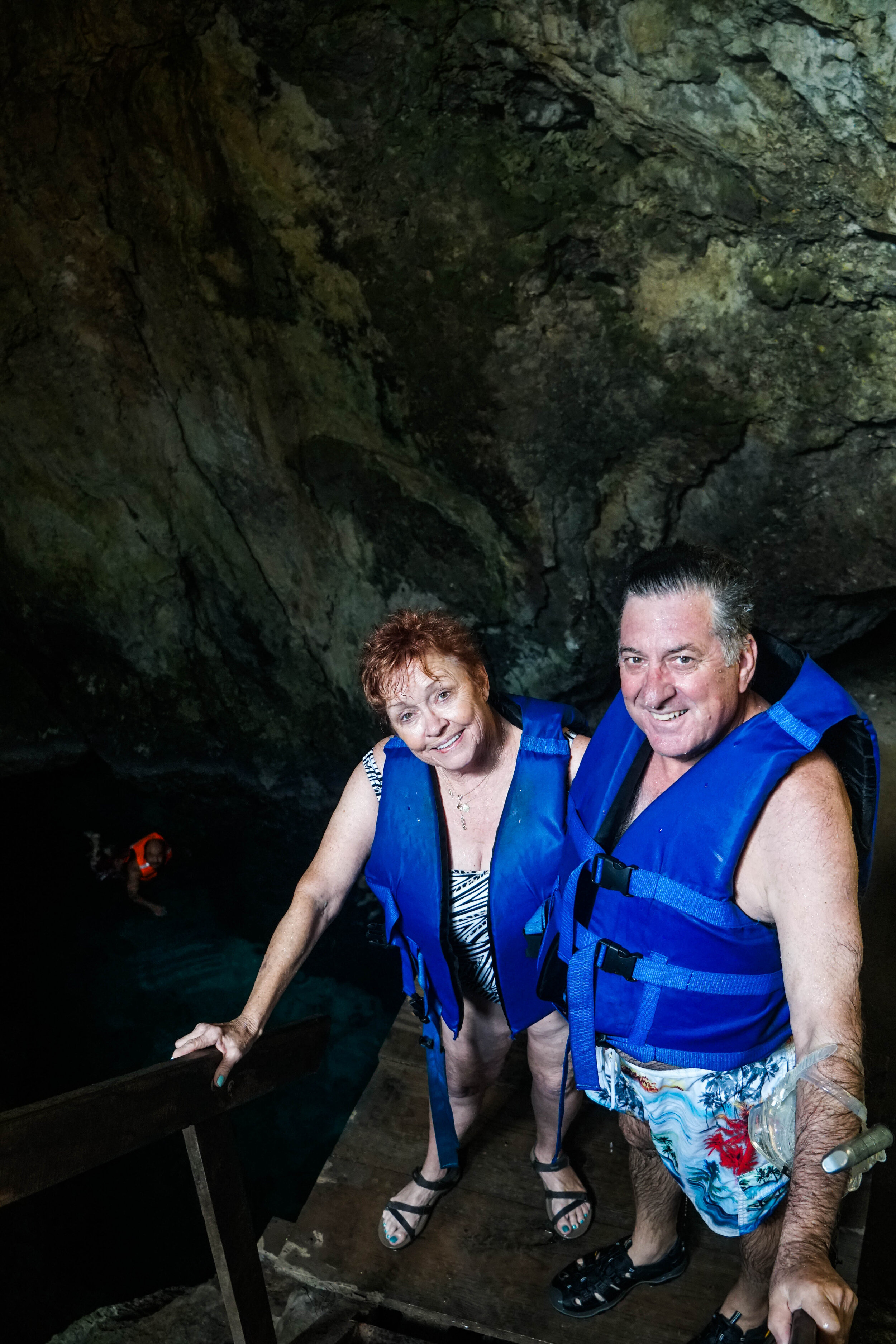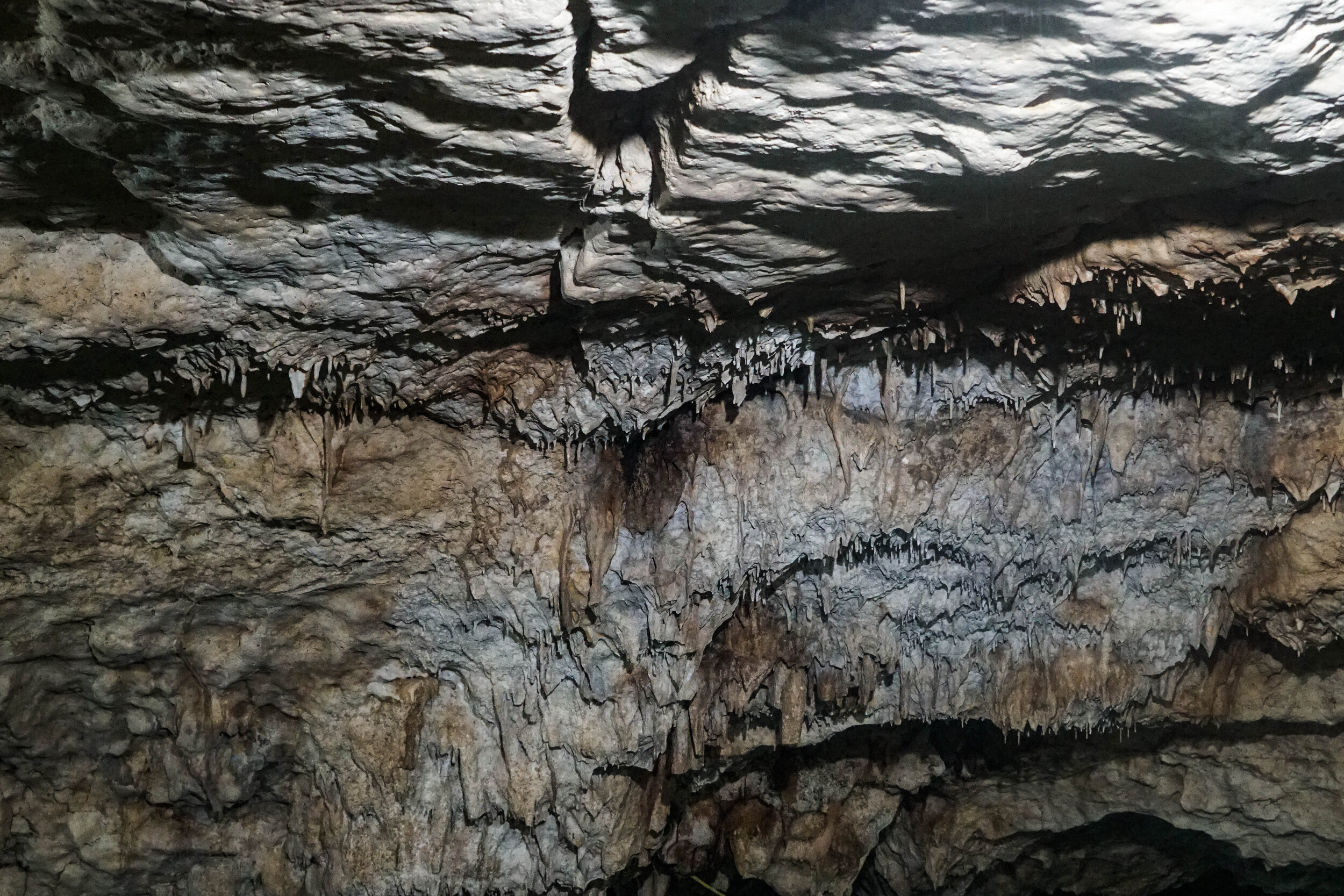Daytripping from Merida in the Yucatan Peninsula, Mexico
Pyramid of the Magician in Uxmal
Merida makes a great base for taking day trips. The buses are easy to catch and inexpensive, just make sure you are in the right bus station for your destination!
Uxmal, an ancient Mayan city, is one of the top ten excavated sites in Mexico and Central America. The name means thrice built, indicating that buildings were constructed on top of existing bases, as are most of the precolumbian temples in Mexico. We took the round trip bus from the TAME station for just a few bucks US. It dropped us off at the entrance and picked us up on the other side of the street. This UNESCO site continues to reveal its ancient wonders as new excavation reveals more beauty. At one time. the city housed approximately 20,000 Mayans but was abandoned prior to the Spanish conquest which probably occurred due to depletion of resources and lack of water. Uxmal was dedicated to Chac, the god of rain. The city had no fresh water access, relying on the rain to fill the cisterns. The Govenor’s Palace 320 foot long mosaic facade is one of the longest in precolumbian Mesoamerica and features 103 stone masks of the rain god Chac. And, oddly enough, to Paul’s delight, there was an antique car show at the entrance to the national park.
Another day we booked an overnight in Progreso, the closest beach town from Merida, and caught a bus from the Auto Progreso station. We roamed the beaches, but the tremendous wind that buffeted us throughout the weekend discouraged us from going in the water. We tried to visit the lighthouse, but it was surrounded by construction and closed. Stopping in for lunch on our second day, we enjoyed conversing with a Canadian couple who were also vagabonding around the Yucatan. The beaches are not as great as on the Caribbean side of the peninsula, but it’s a great one or two day getaway if you are staying in Merida.
Our last day trip from Merida was to Izamal, also known as the yellow city. Our transportion departed from our third bus station, the Noreste Terminal. In the center of town is the eye-catching Convento de San Antonio de Padua. Built in 1561 on the site of a destroyed Mayan temple, it’s one of the oldest Catholic monasteries in the Americas and its outdoor atrium is the second largest in the world, next to the Vatican. The beautiful yellow buildings of the town invite your camera to catch them in different lights and from different angles. Three Mayan pyramids are located right in the town, easily walkable from the square. The closest site seemed to be visited by most of the tourists. However, at the other two sites we were virtually alone to wander and wonder. We dined under the palapa at Kinich, an elegant restaurant, loaded with great folk art. We chose the dzic de venado, a kind of venison stew served with tortillas. Although the meal was lovely, Yucateca food is not our favorite. We noted a lack of seasoning, but plentiful habanero salsa is always available to spice it up. Really hot stuff!On the other hand, I think those were the best warm tortillas I have ever eaten.
Our final day trip from Merida was our visit to the cenotes. After the bus driver told us where to get off (sic), we hired a front-loading three wheel taxi. Our guide took us to some cenotes off the beaten path, one where we were the only people swimming. What is a cenote? A cenote is an underground water pool, often used to provide fresh water to the Mayan communities since there are no rivers in the Yucatan. Our first experience with cenotes, we appreciated the deep climb to reach them and the brisk swim in the crystal clear water.
Next, we cross the peninsula to Valladolid. We’ll meet you there!
The Mexican flag with the eagle and the serpent.

